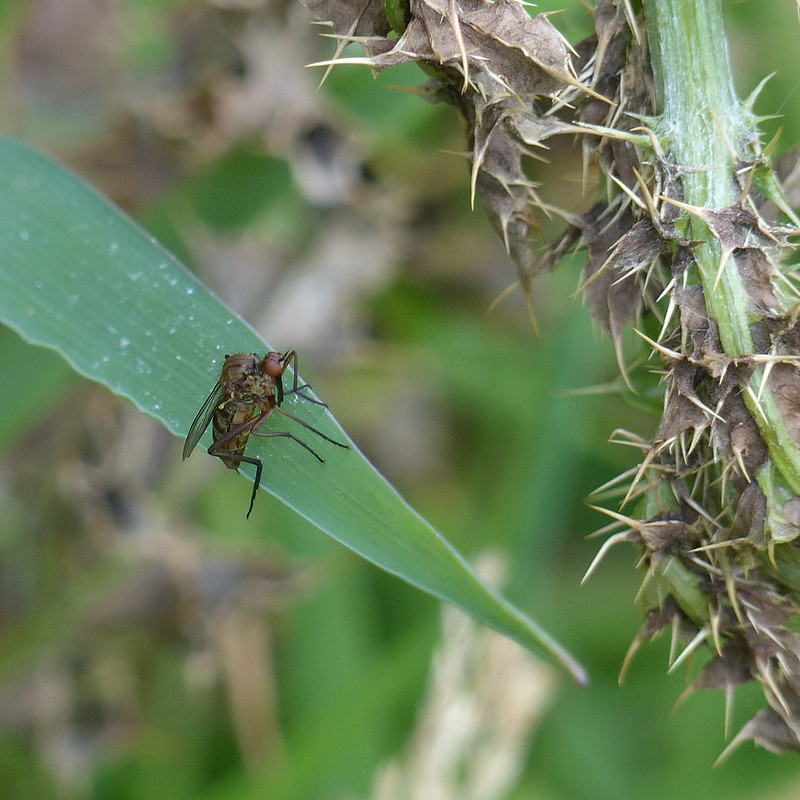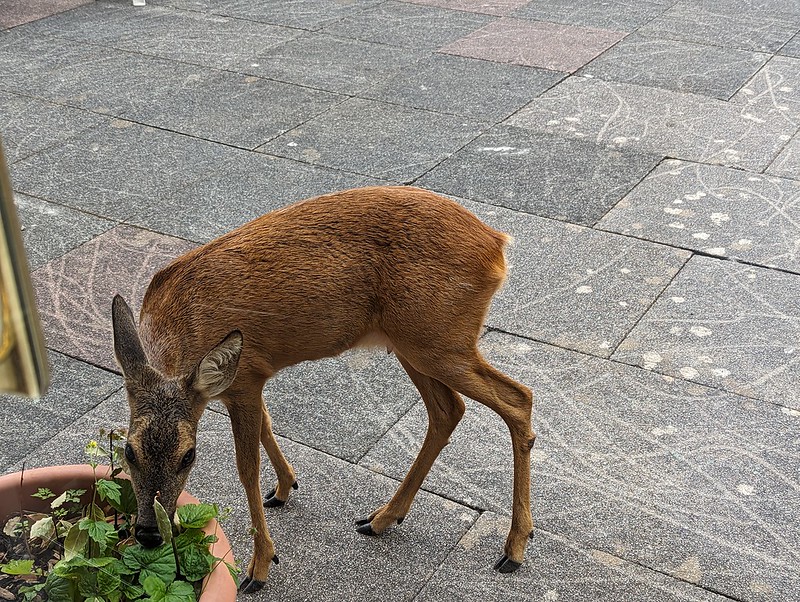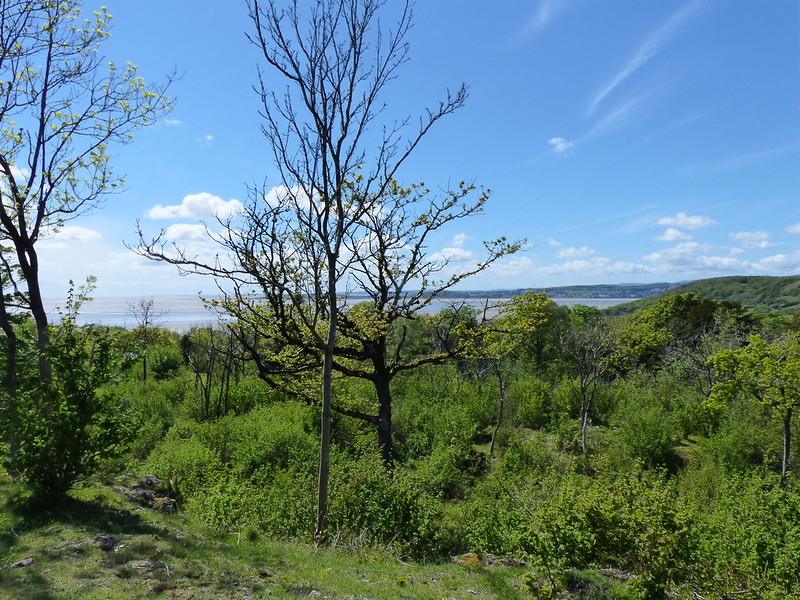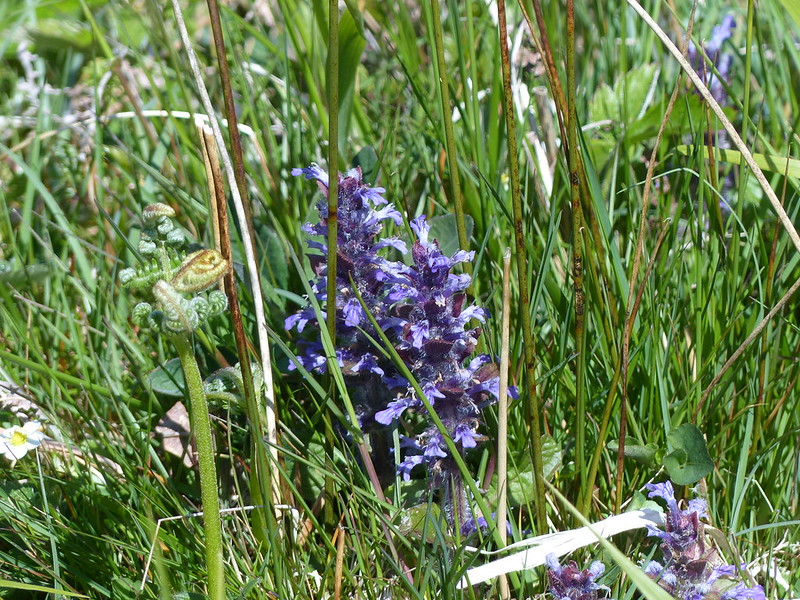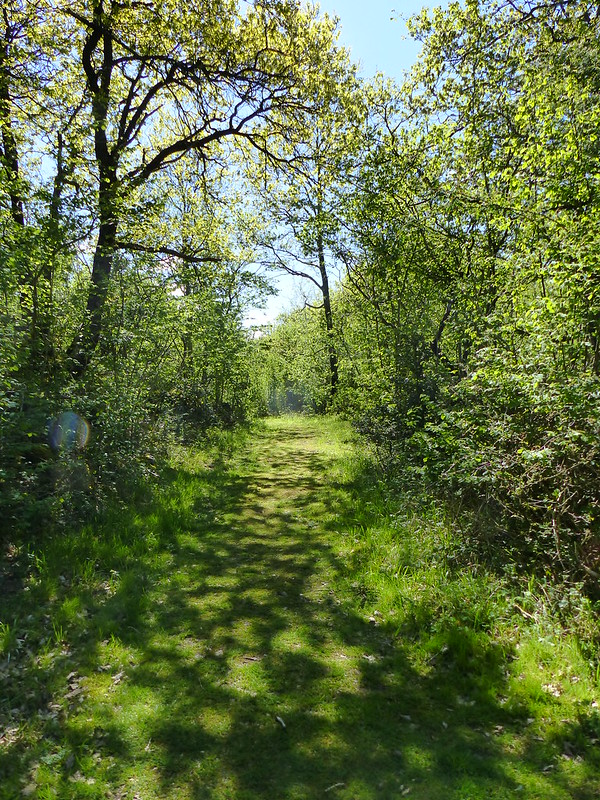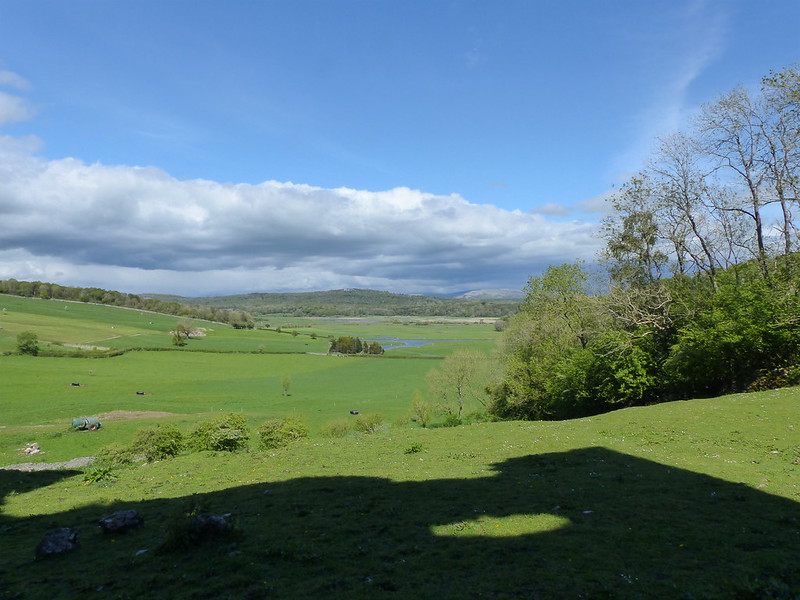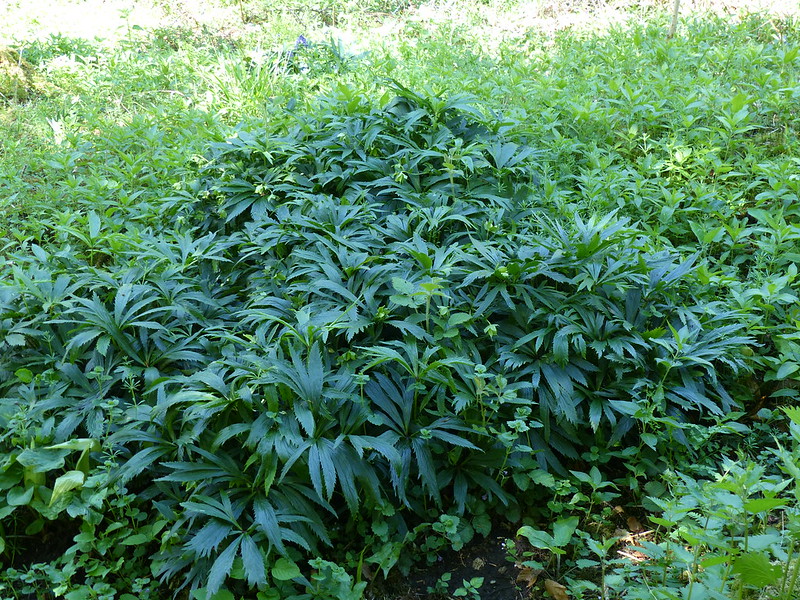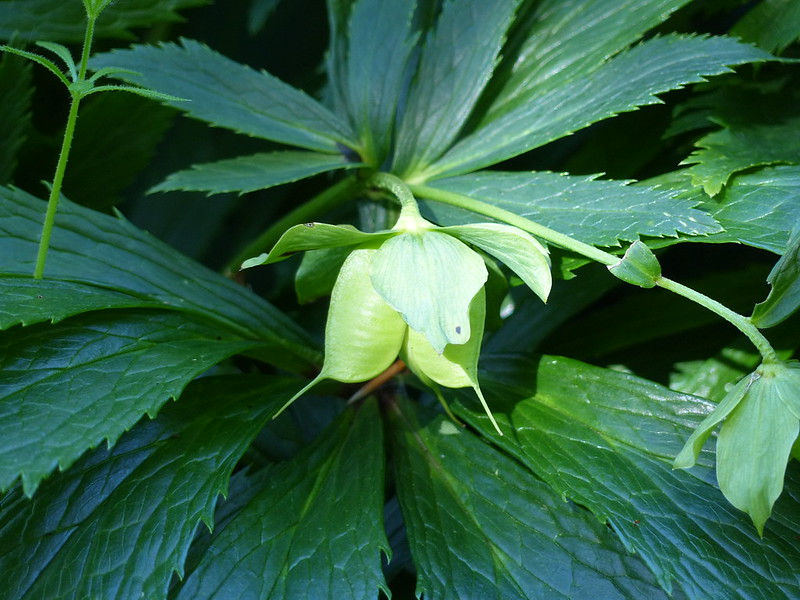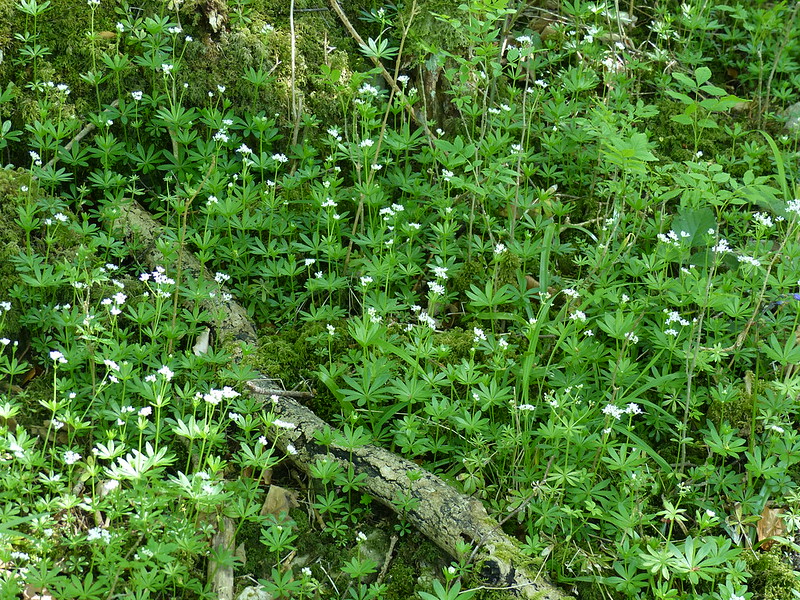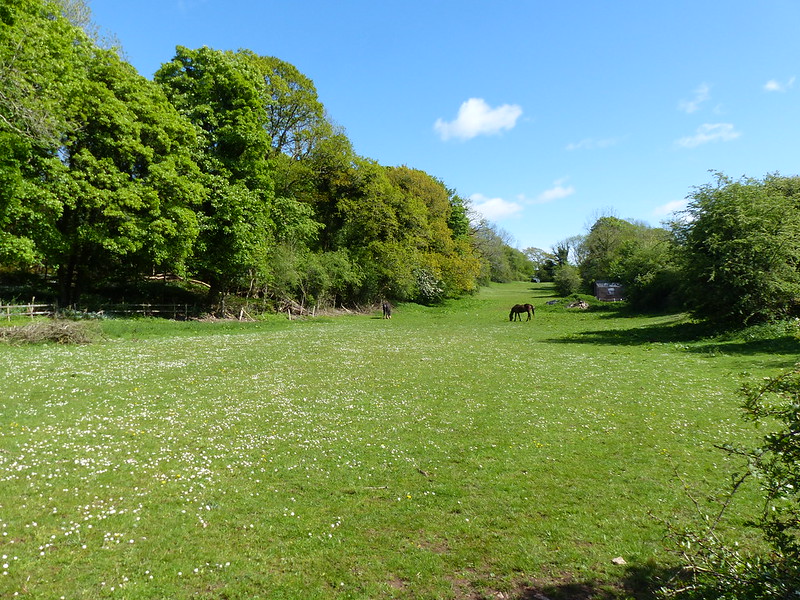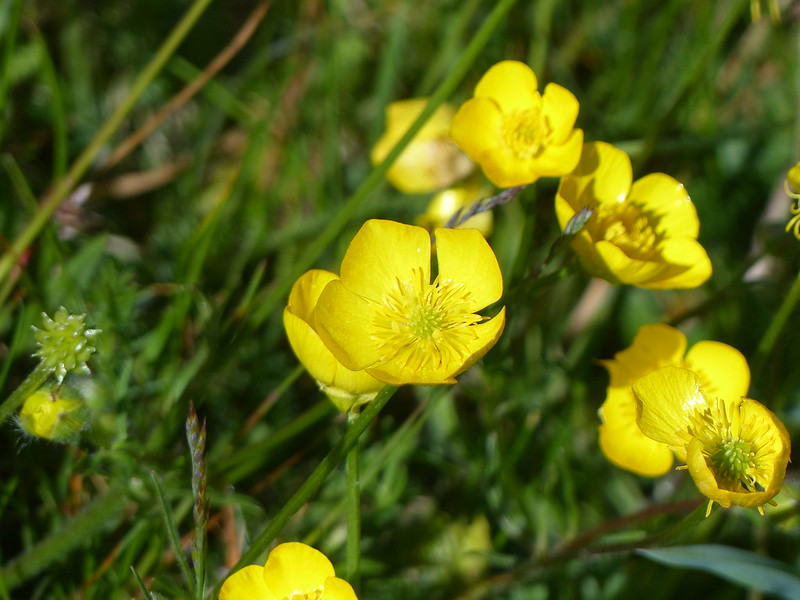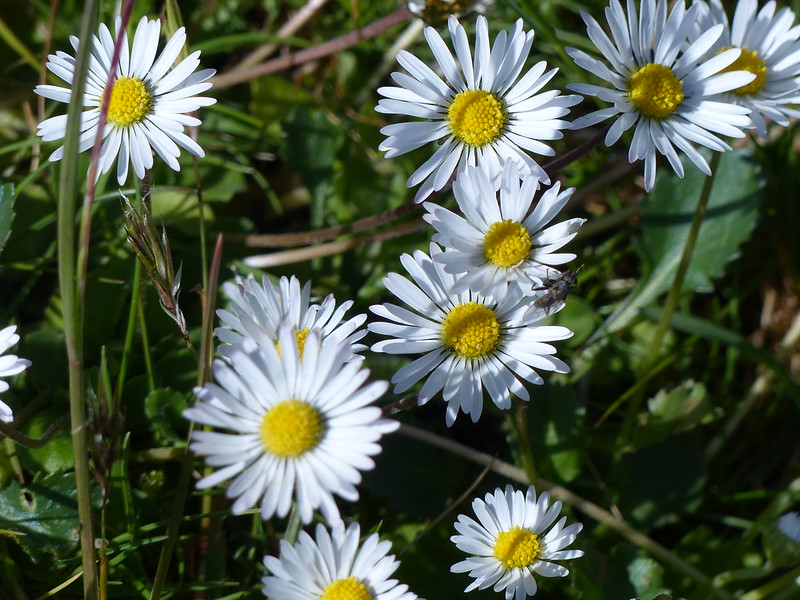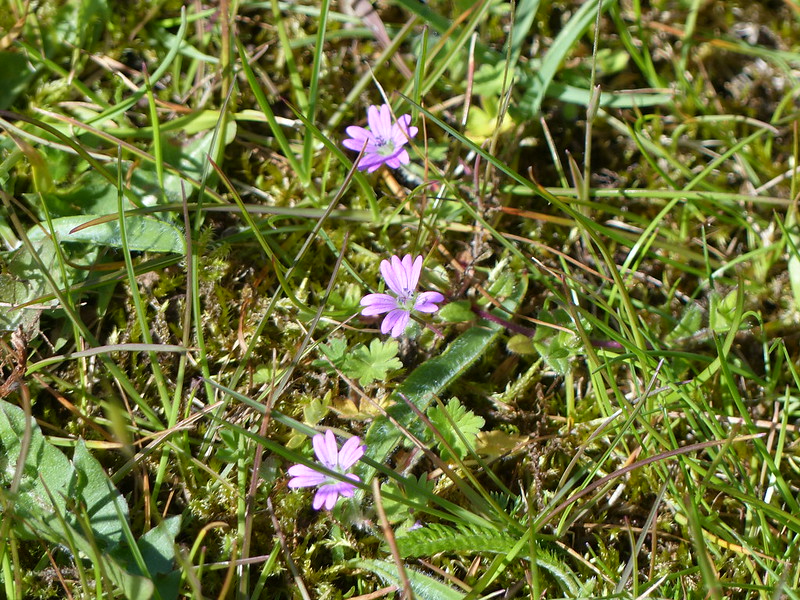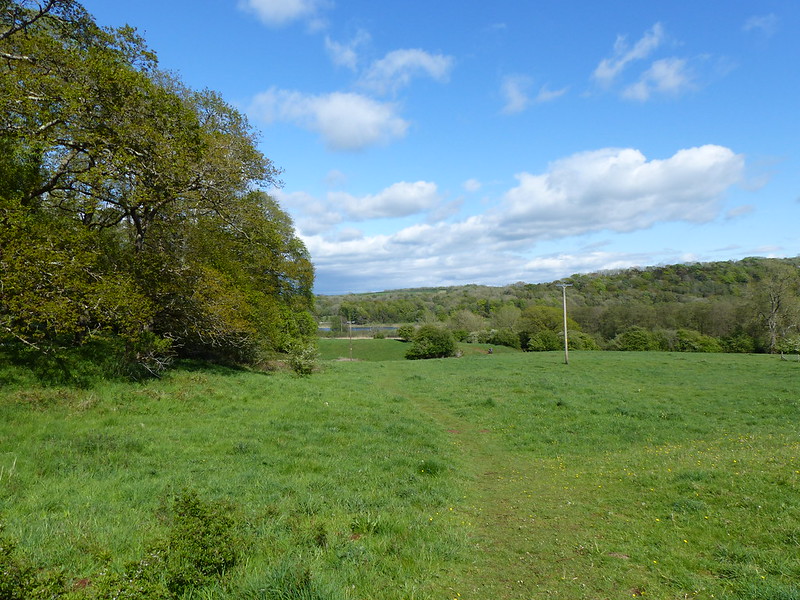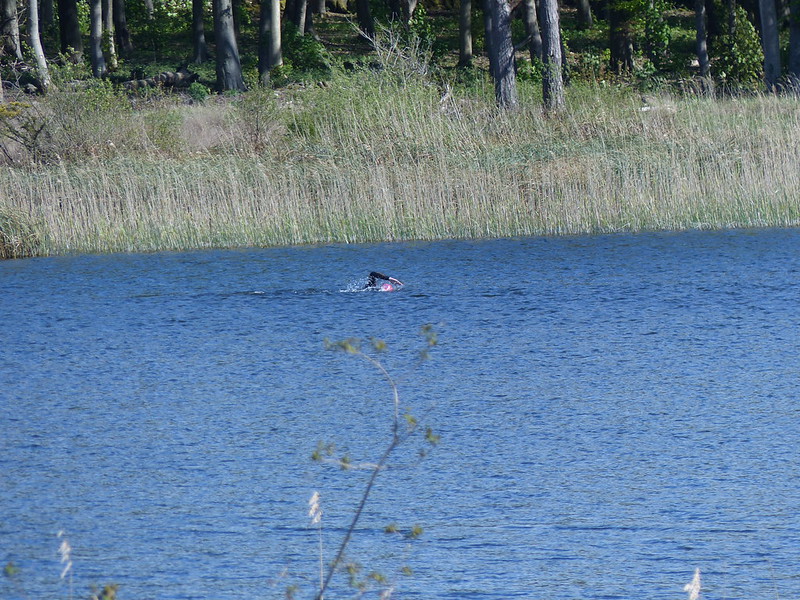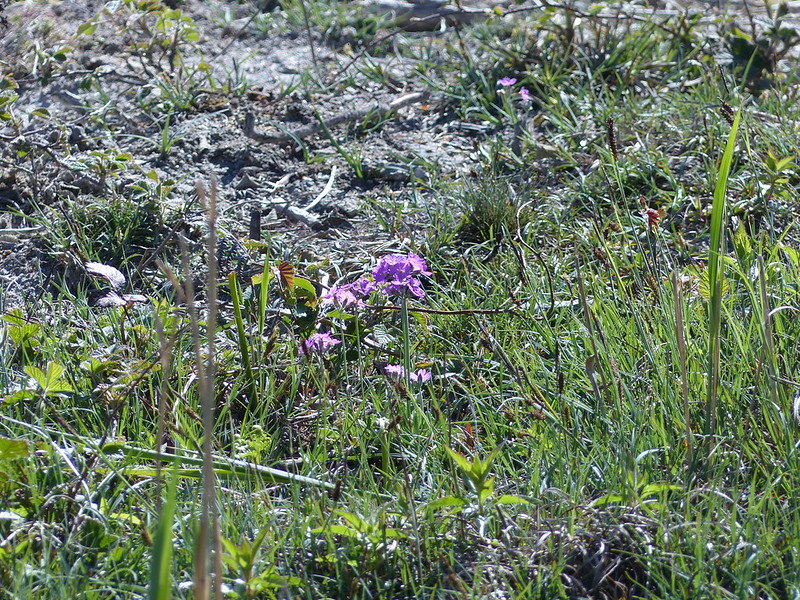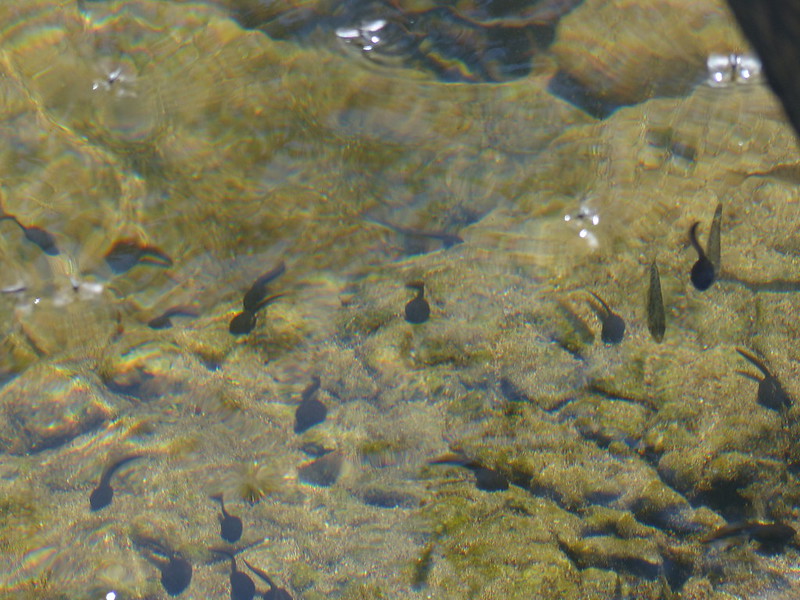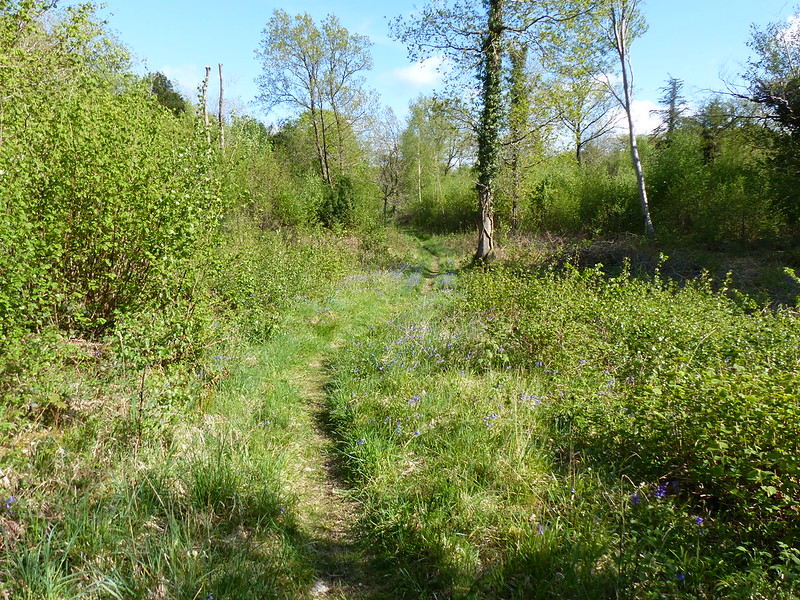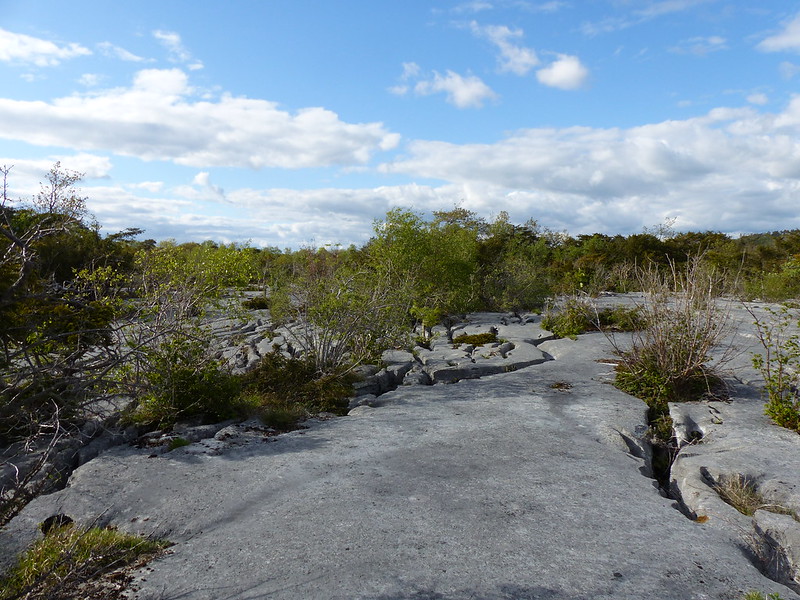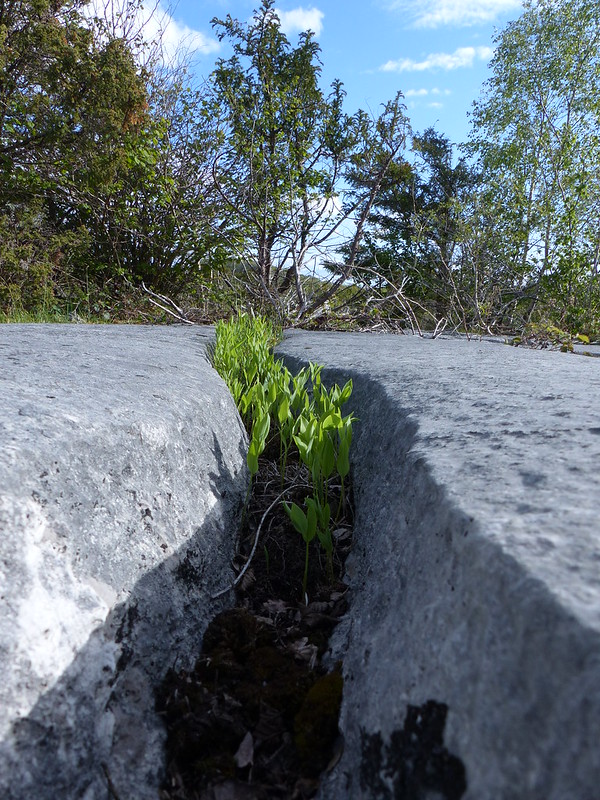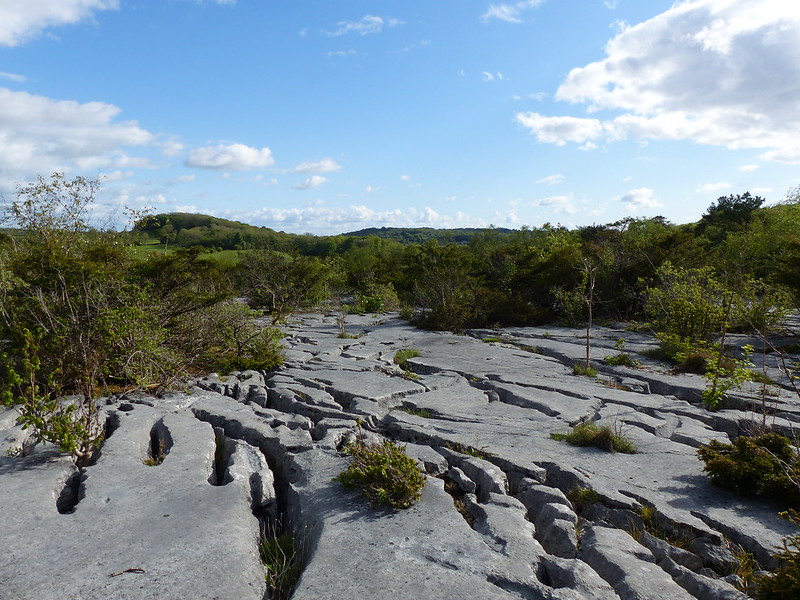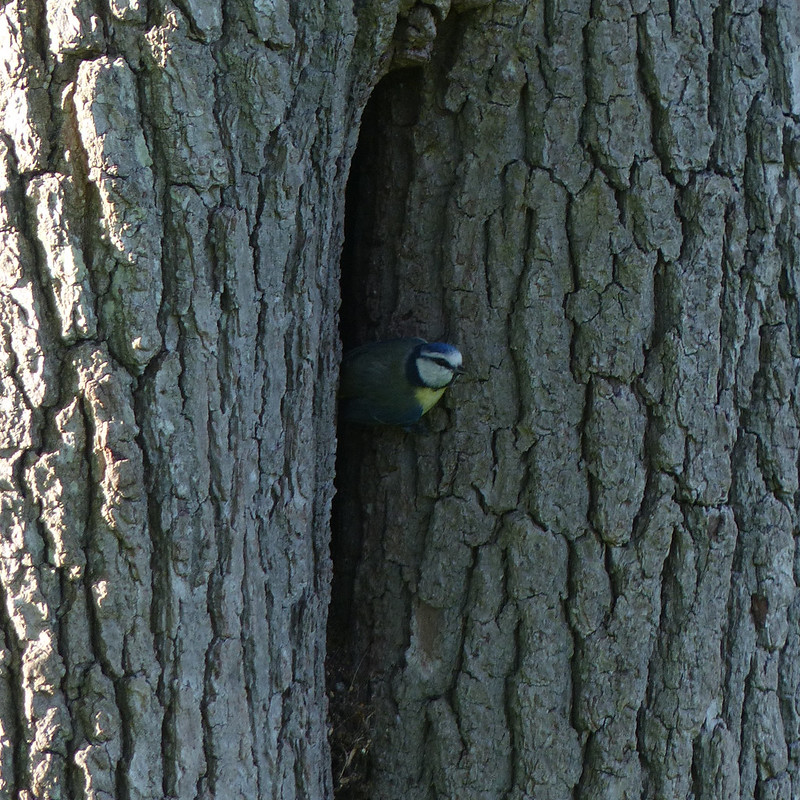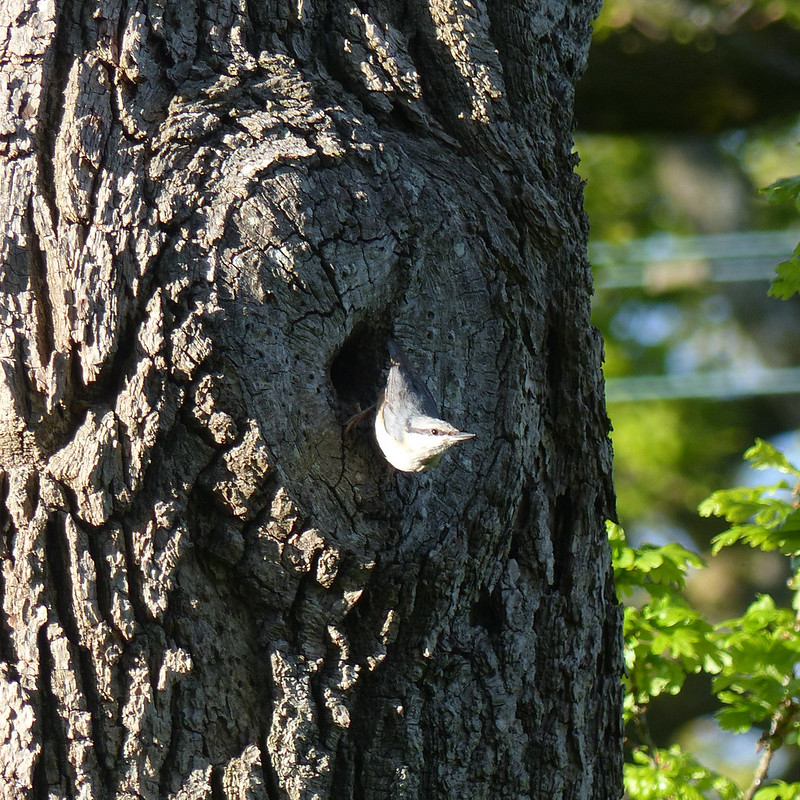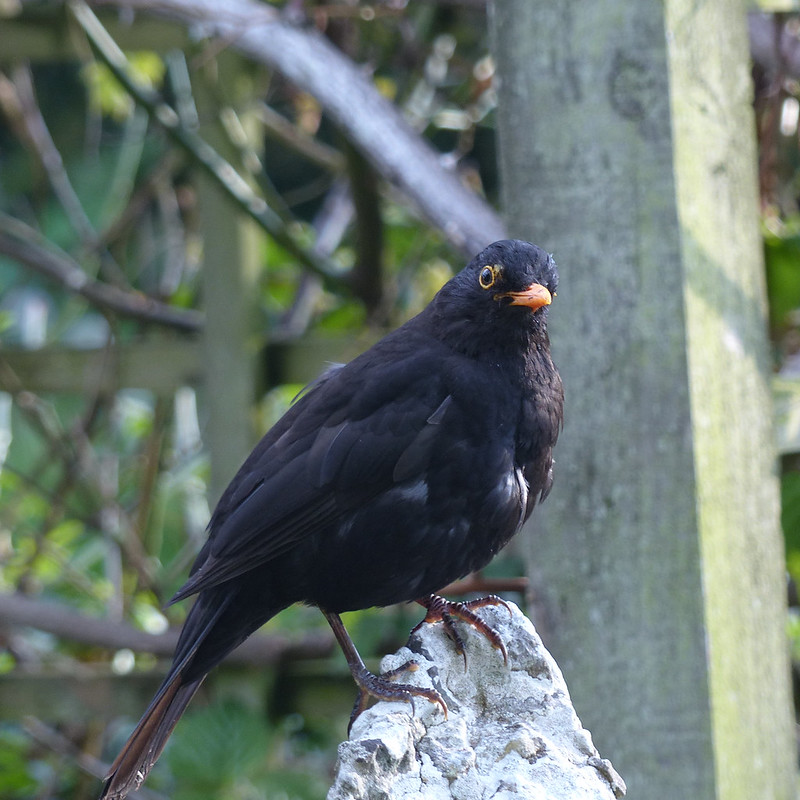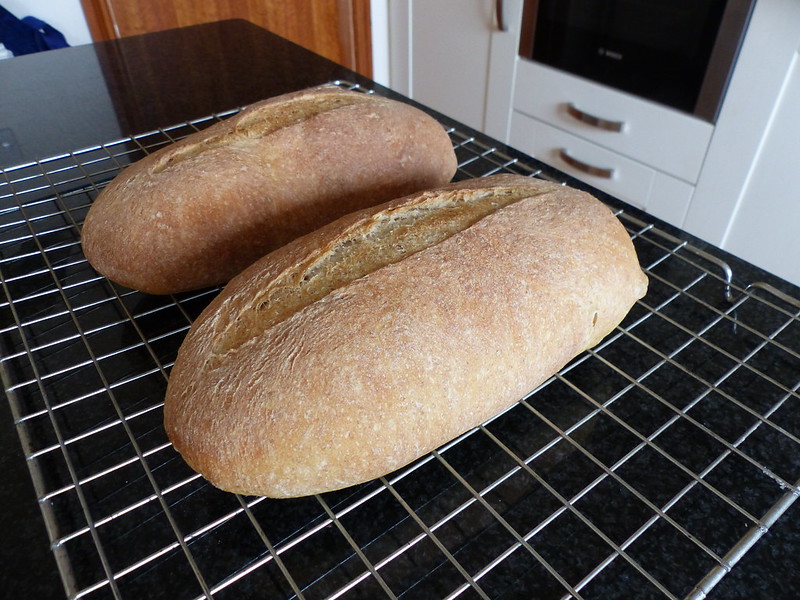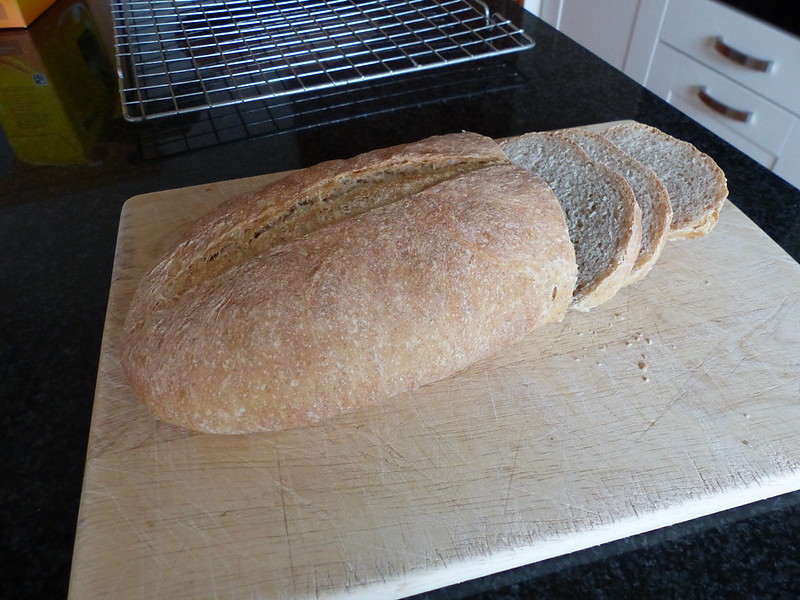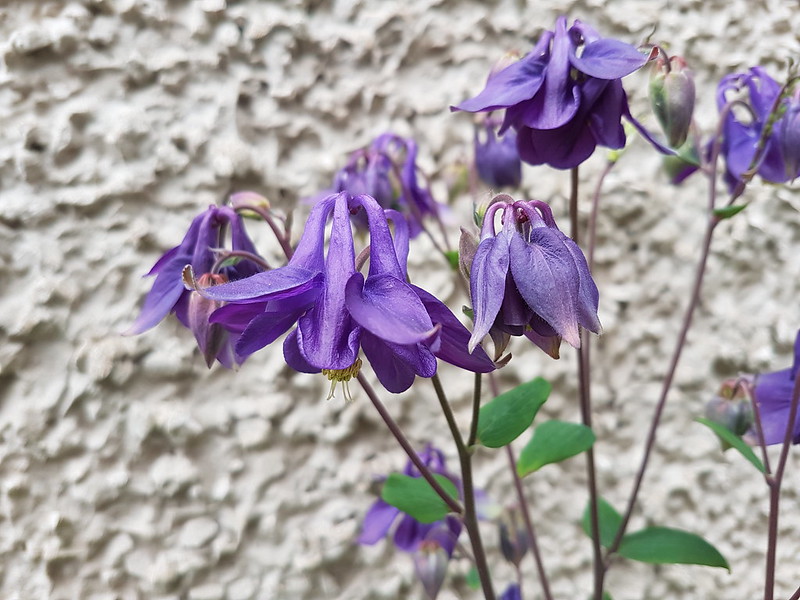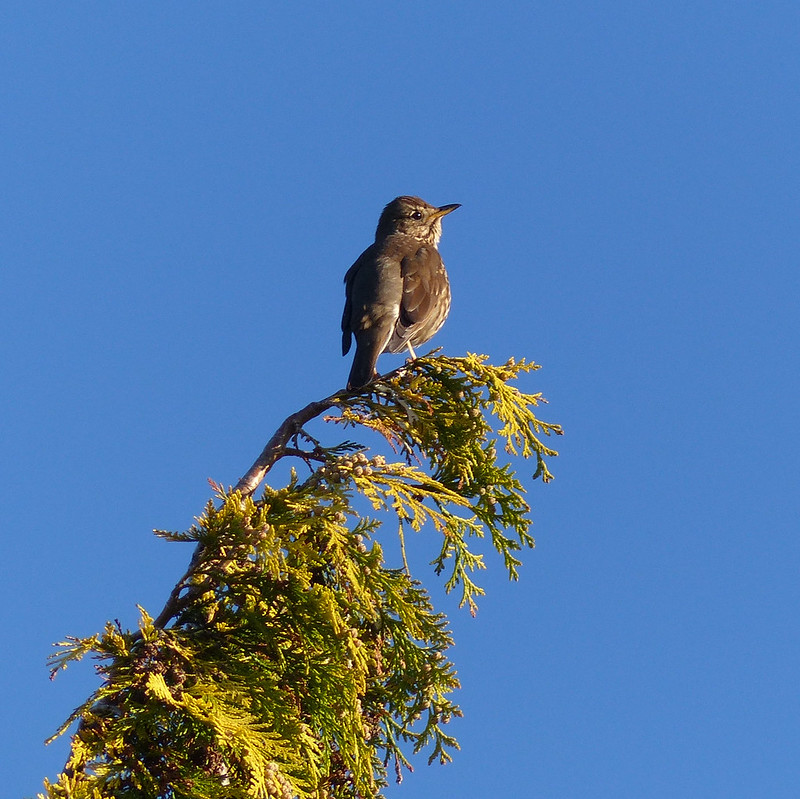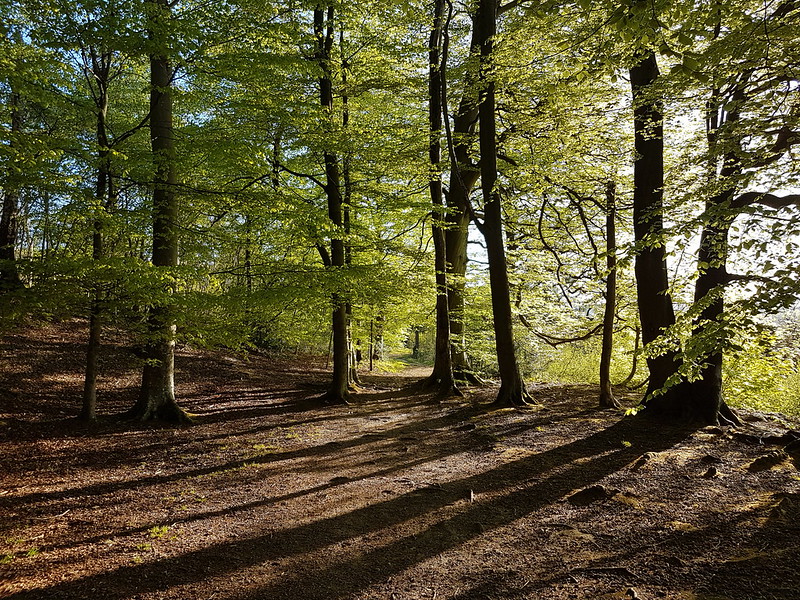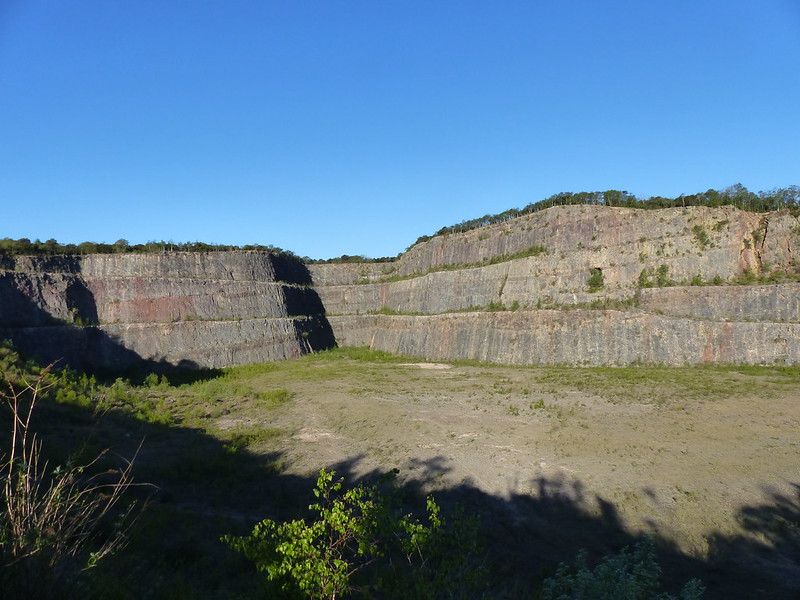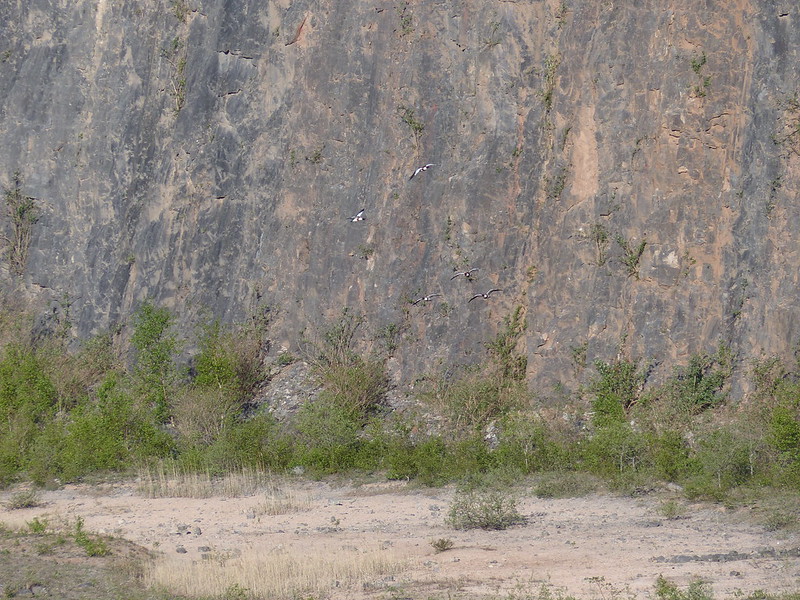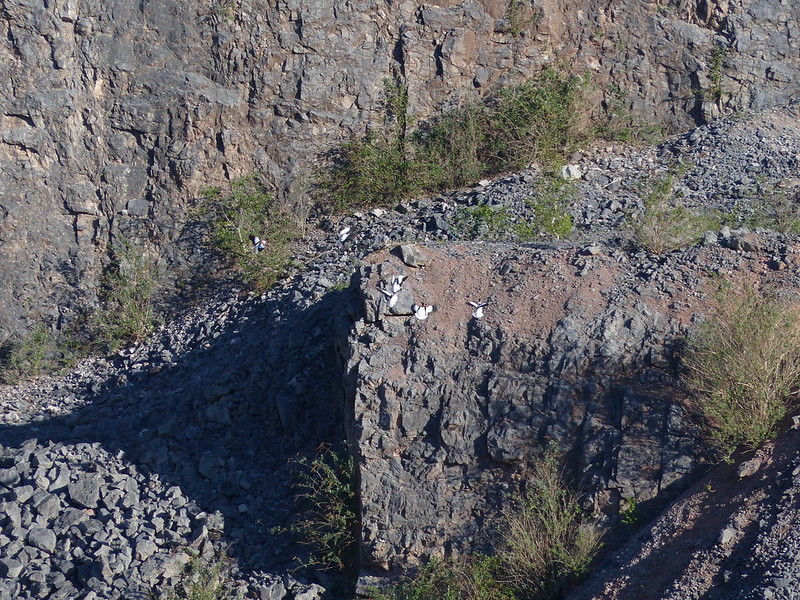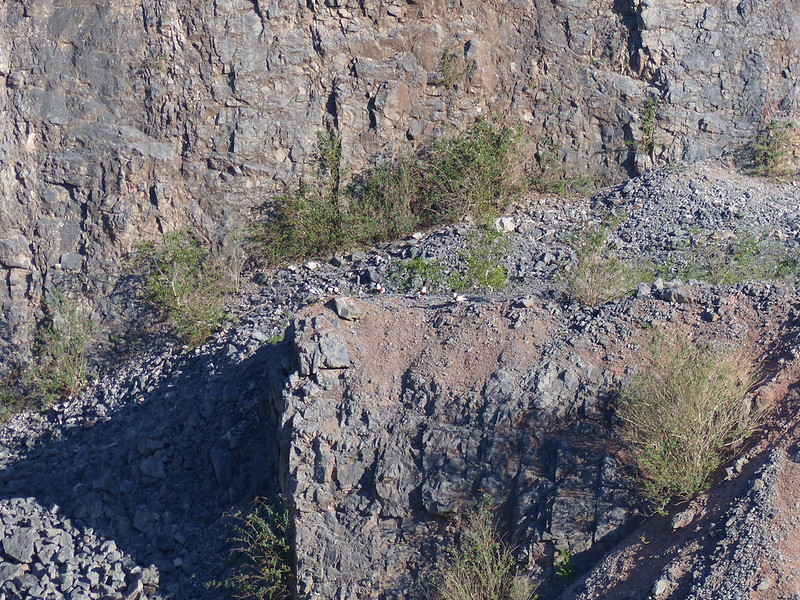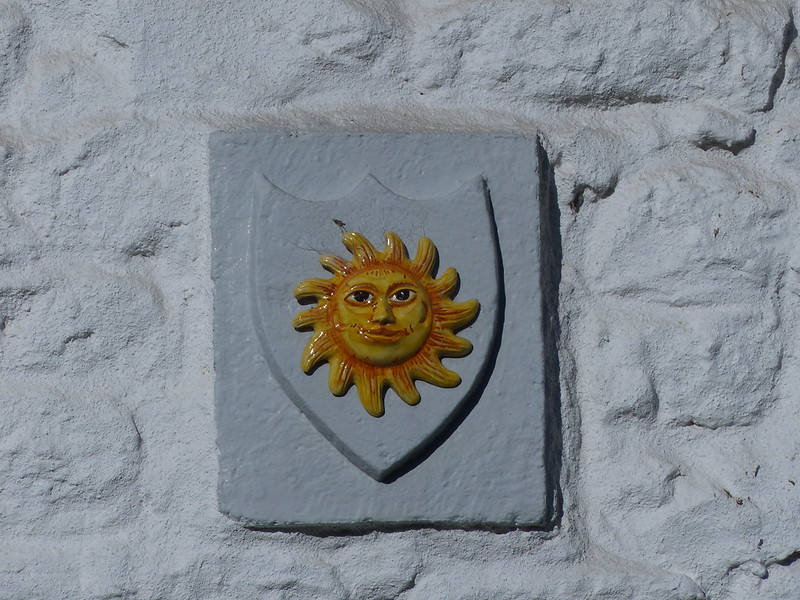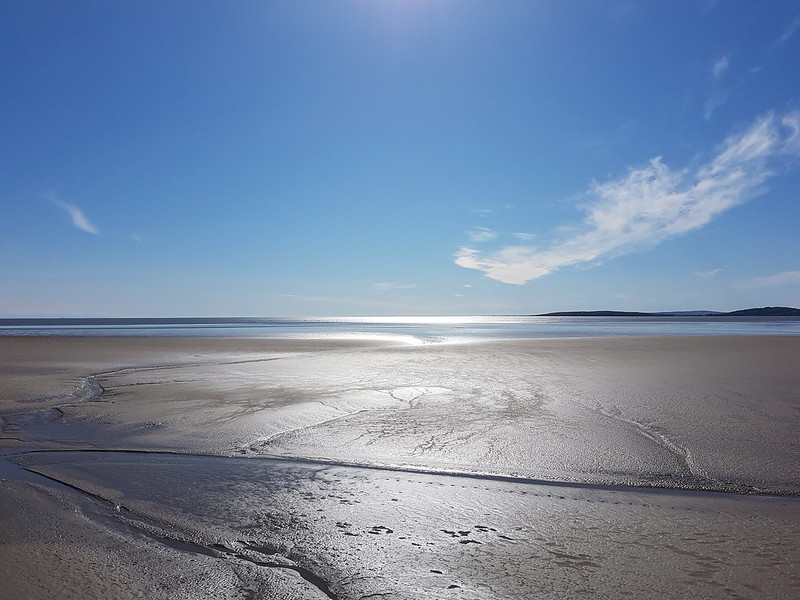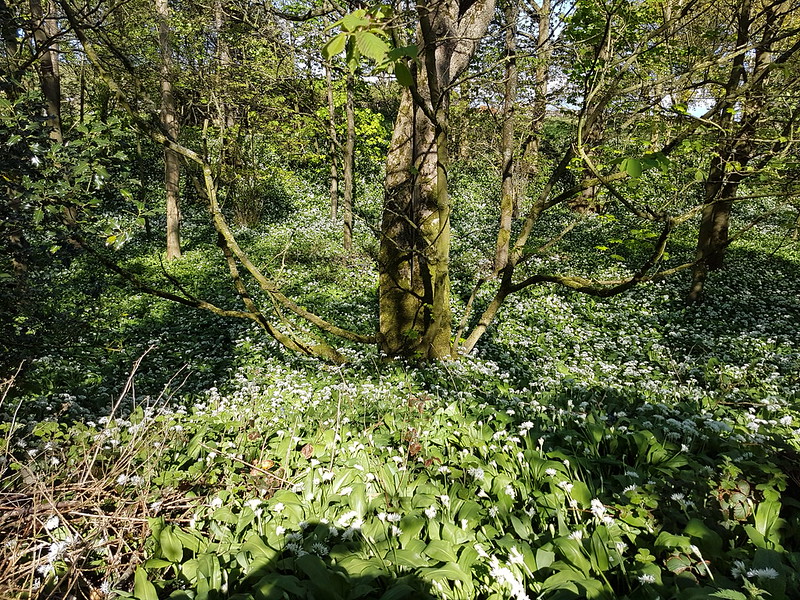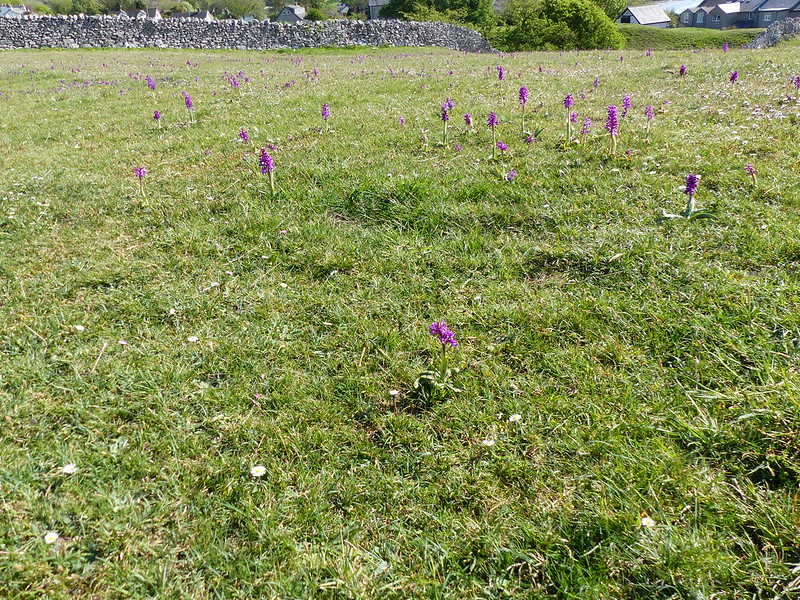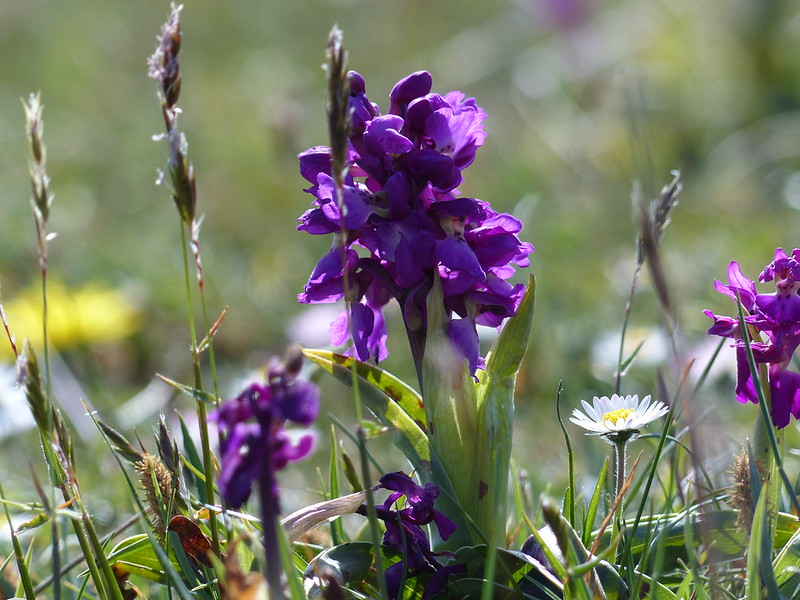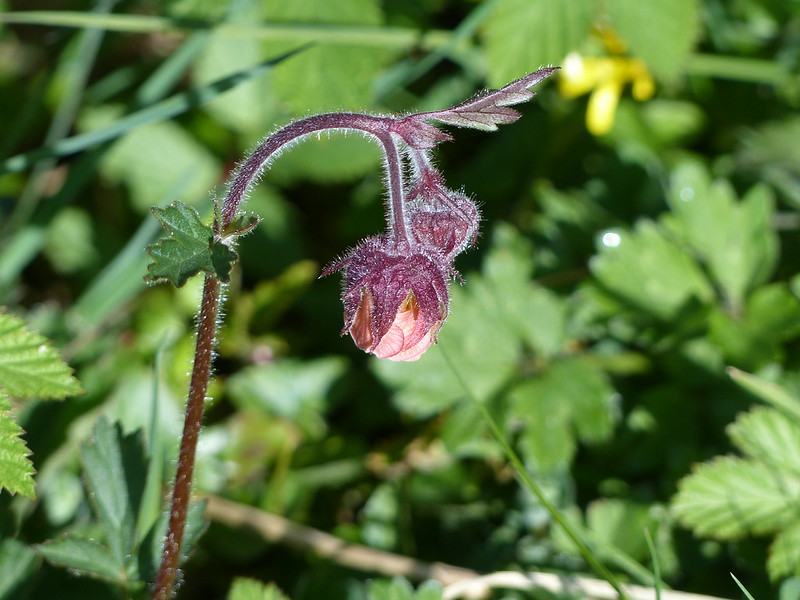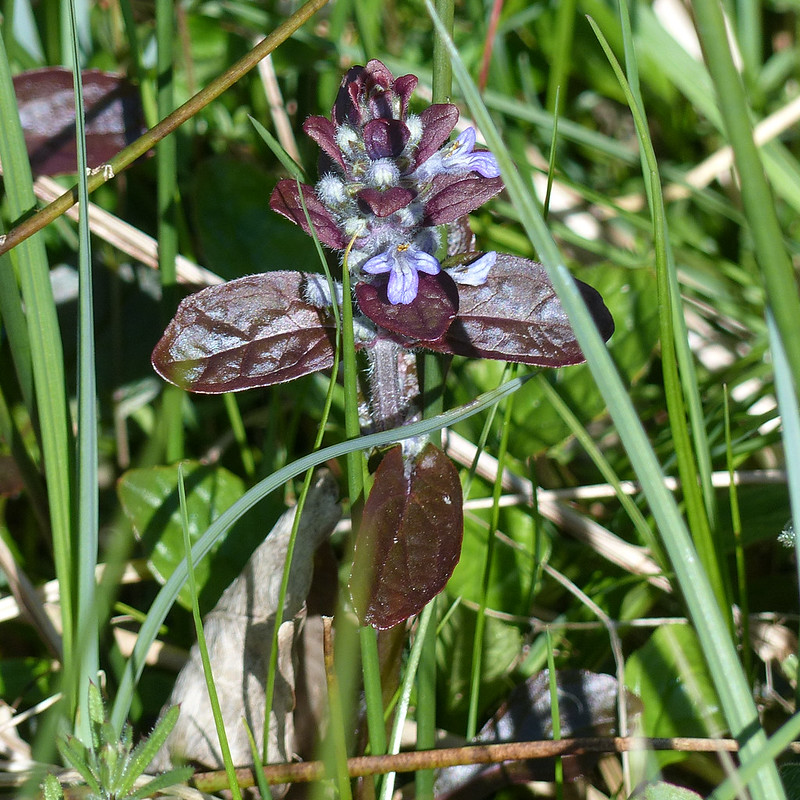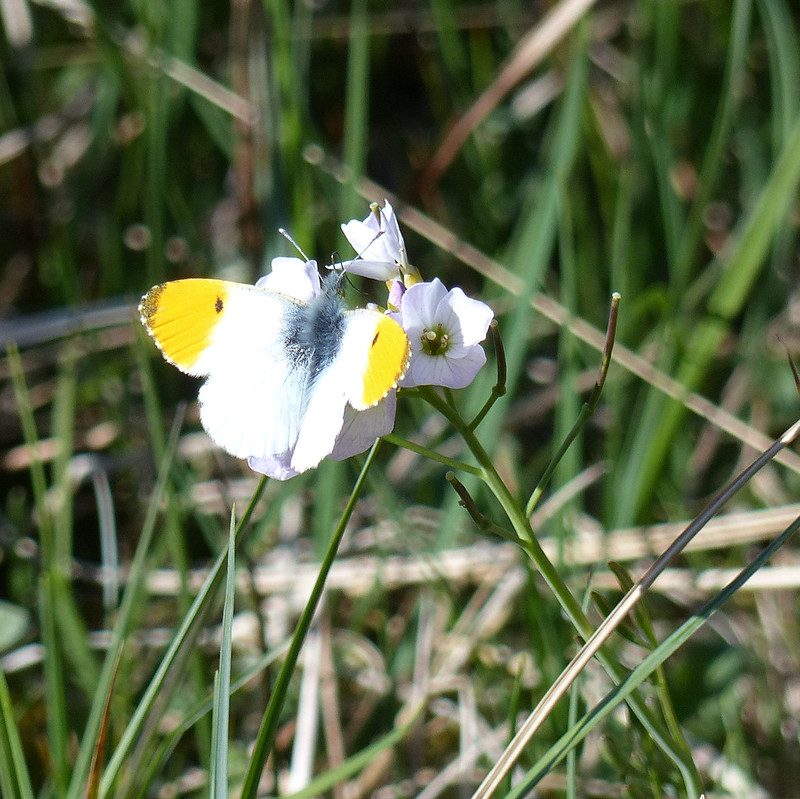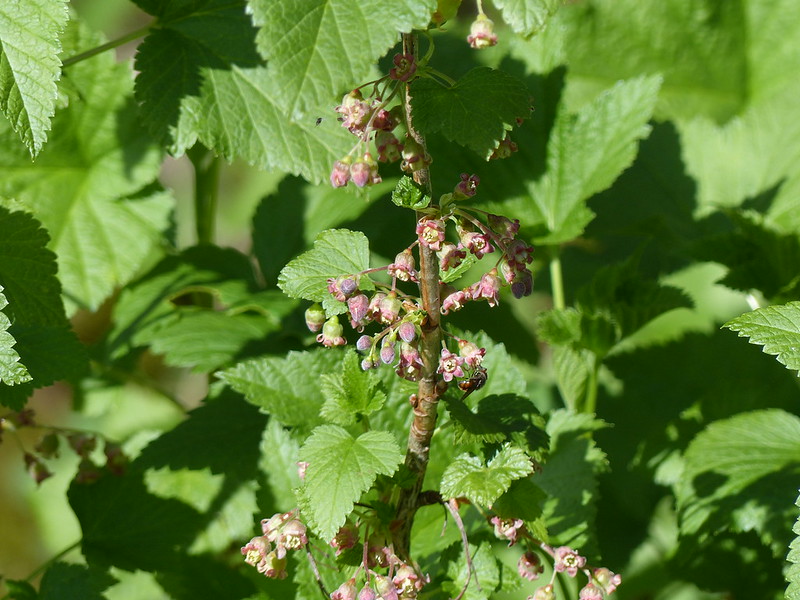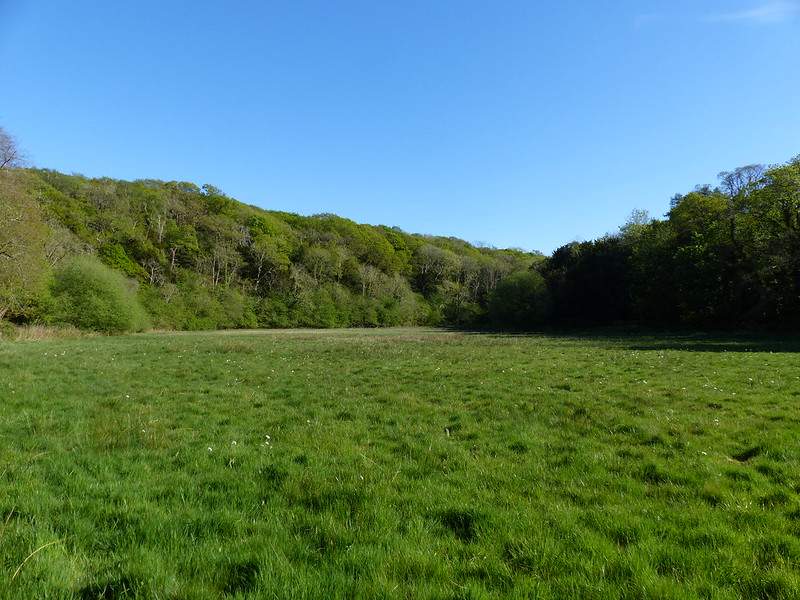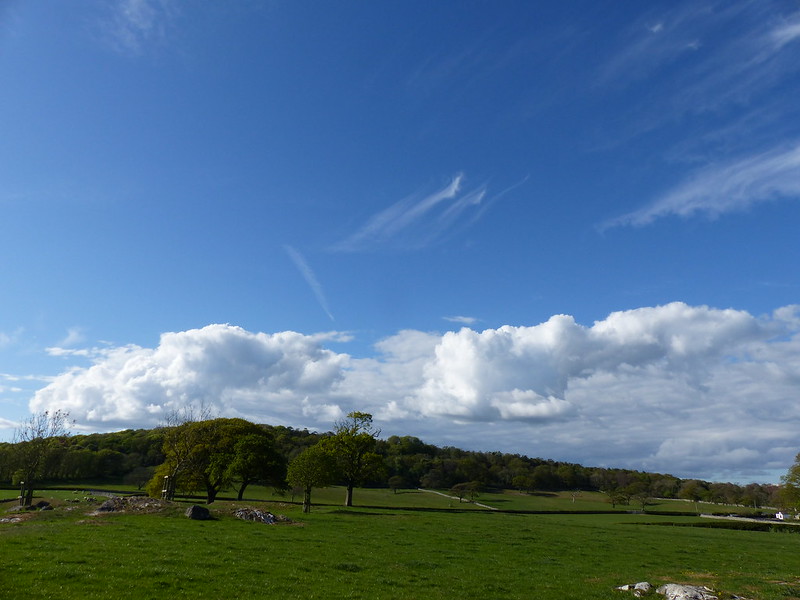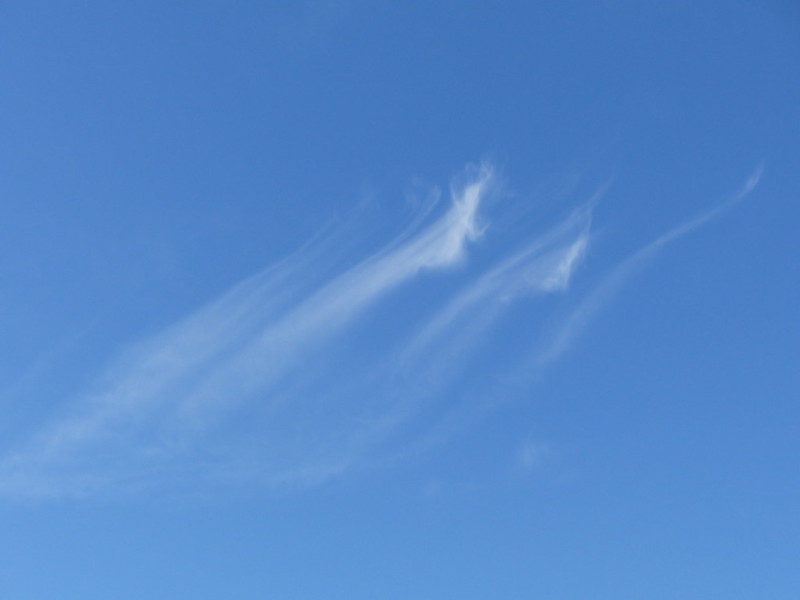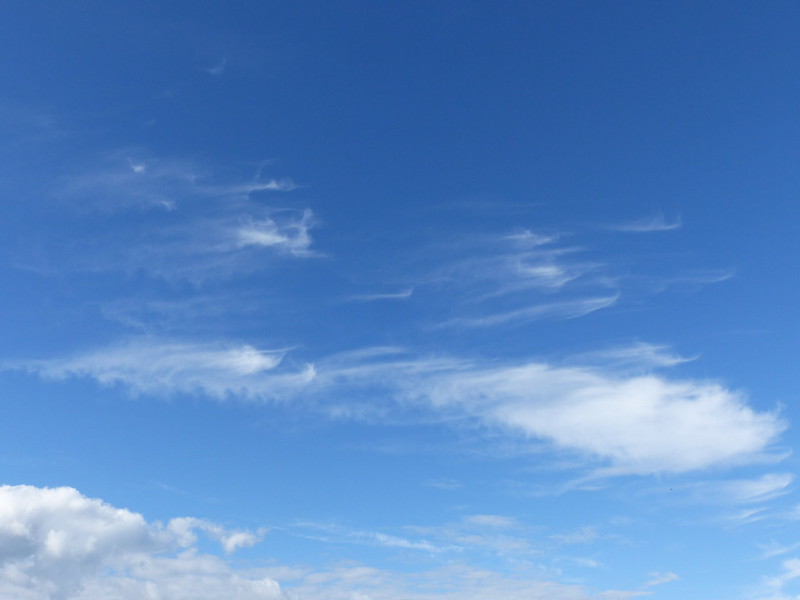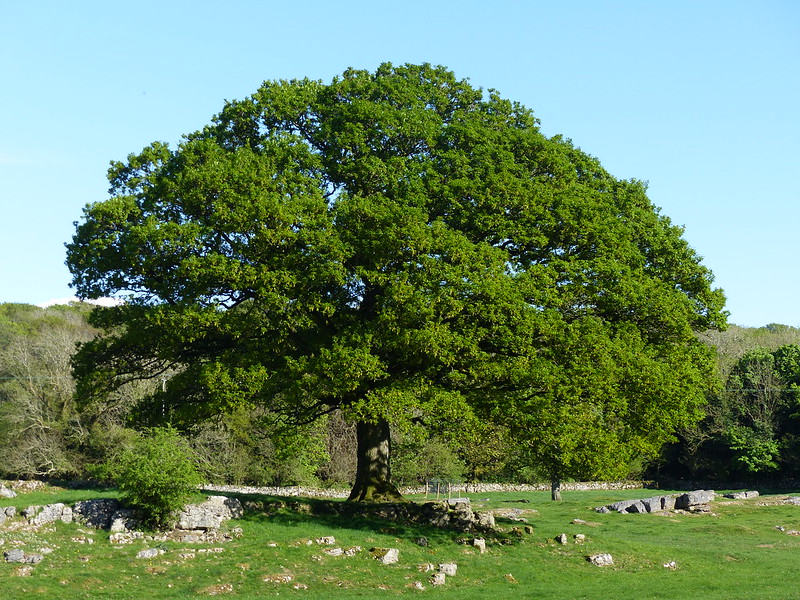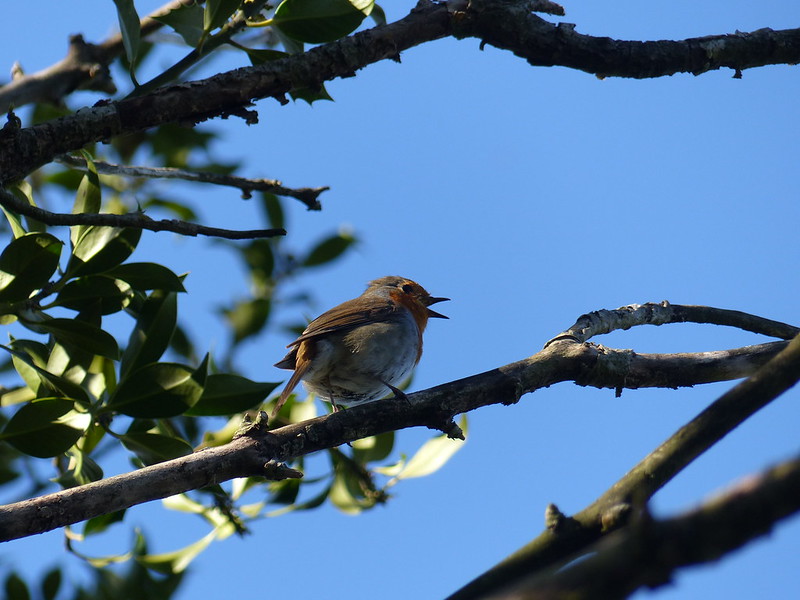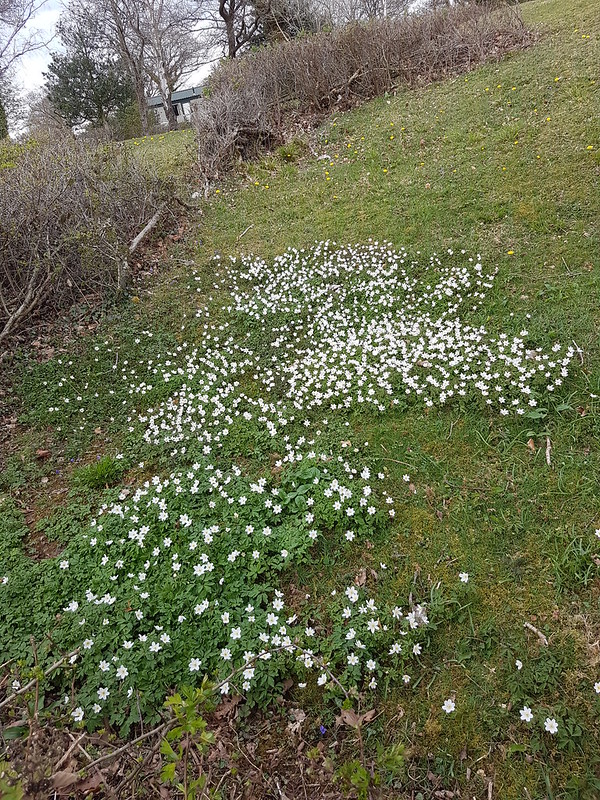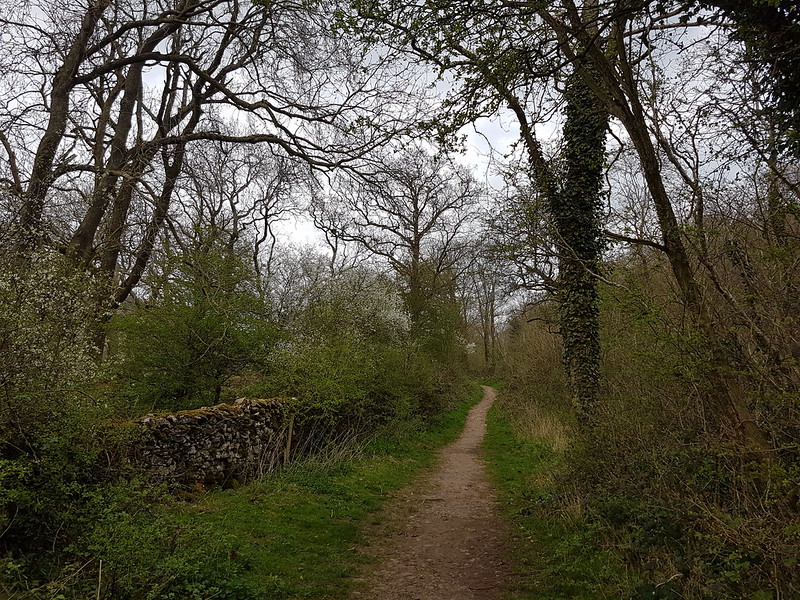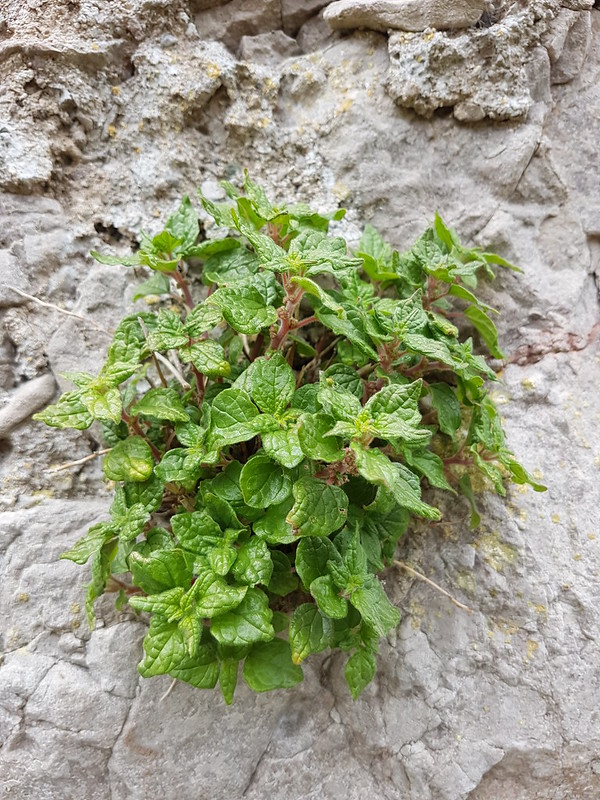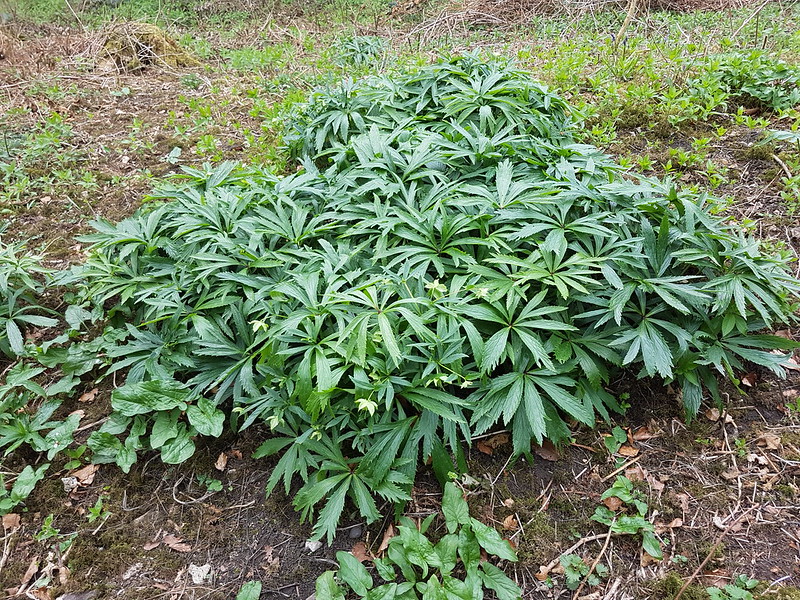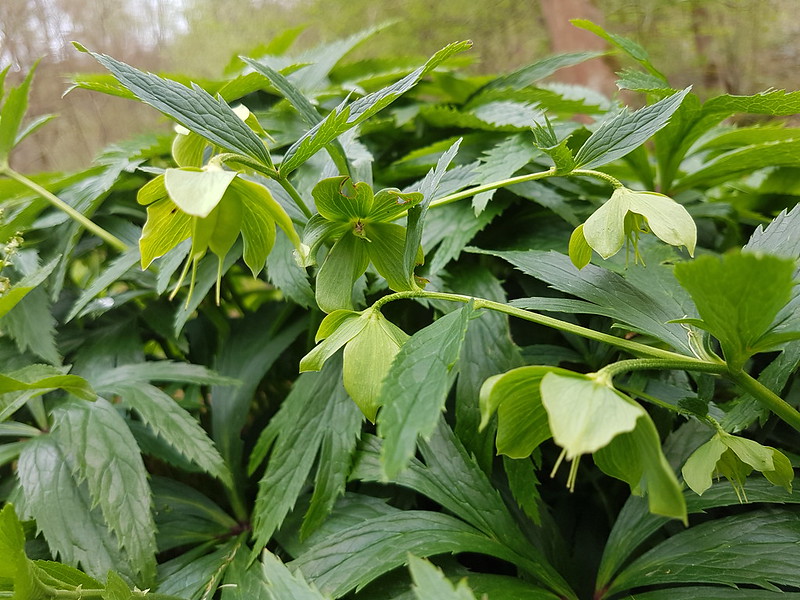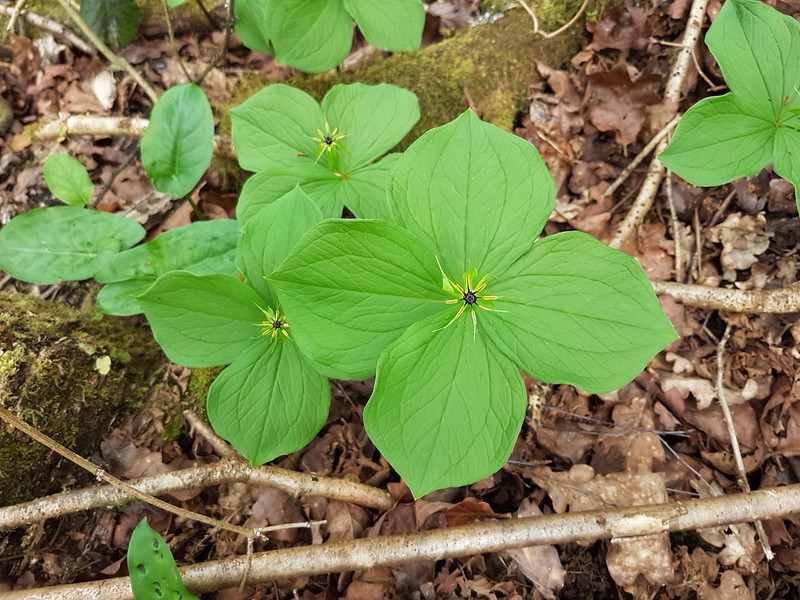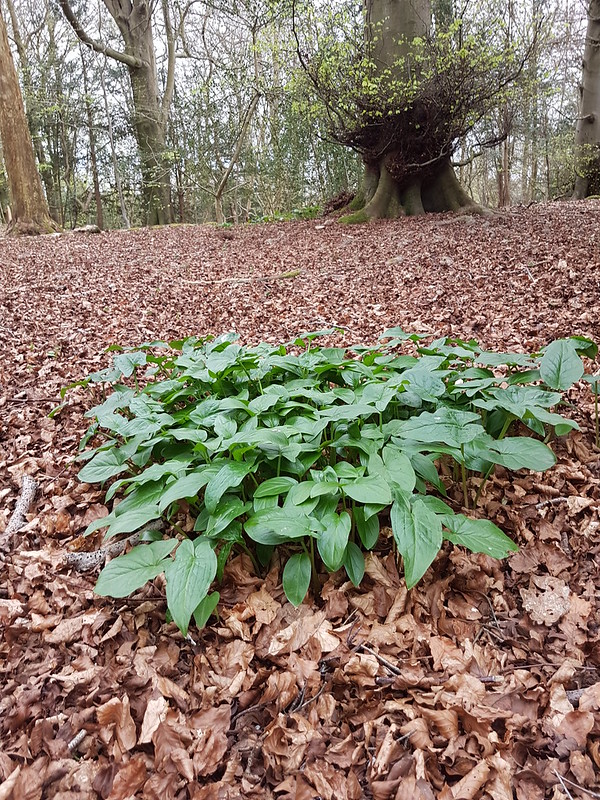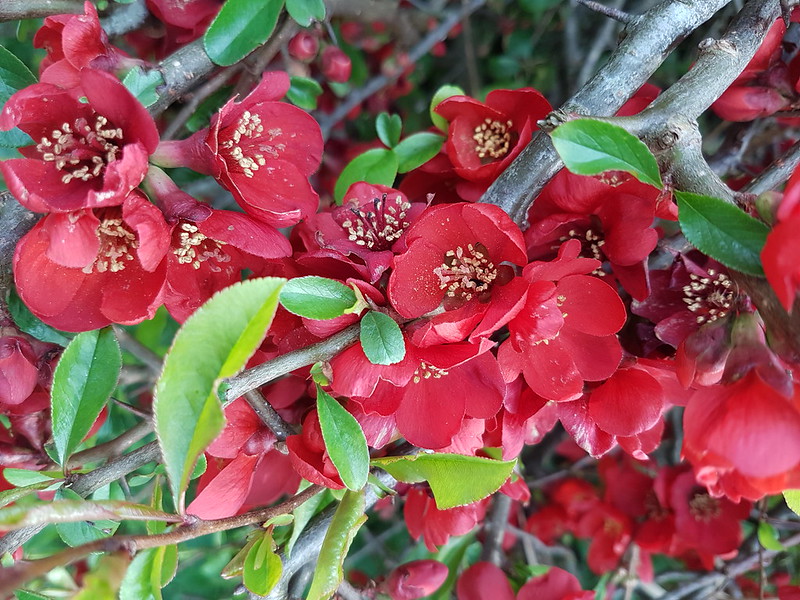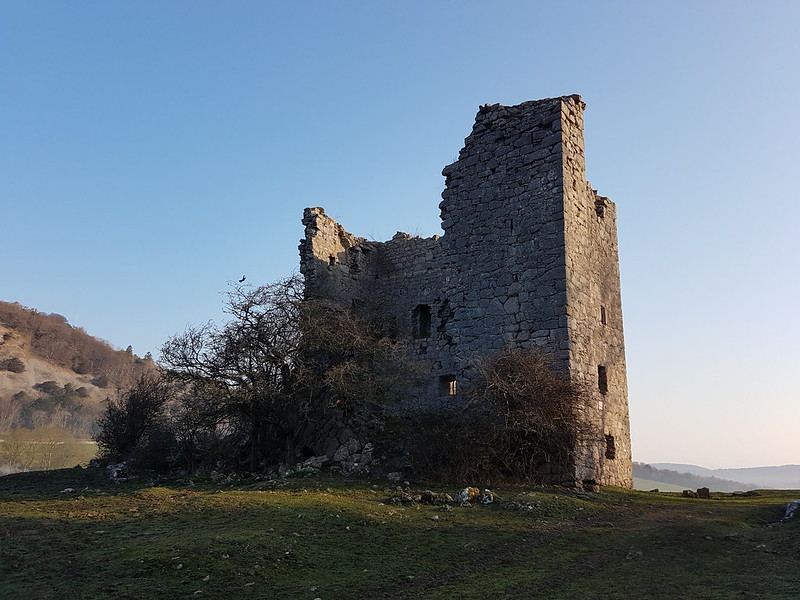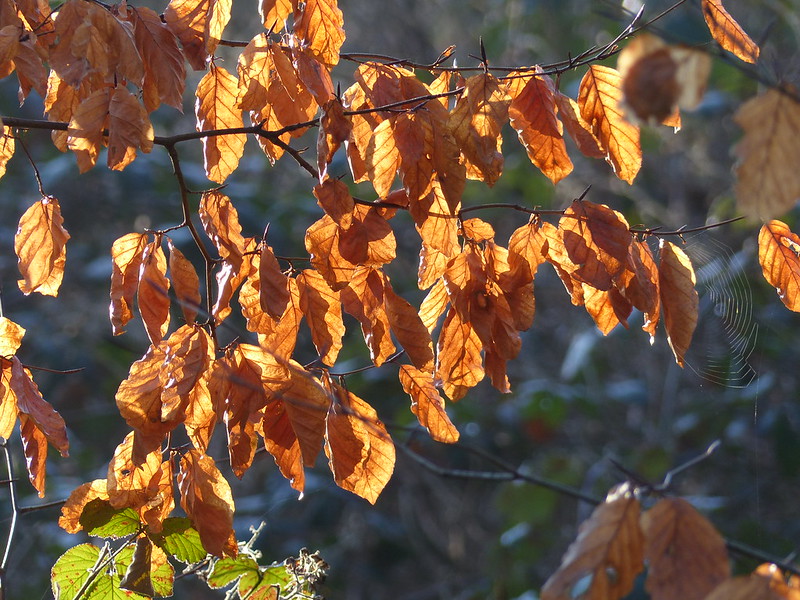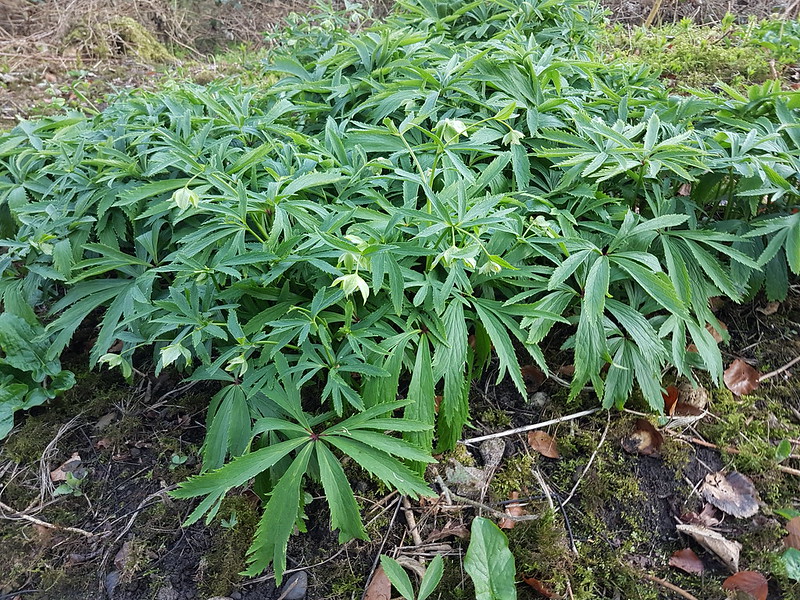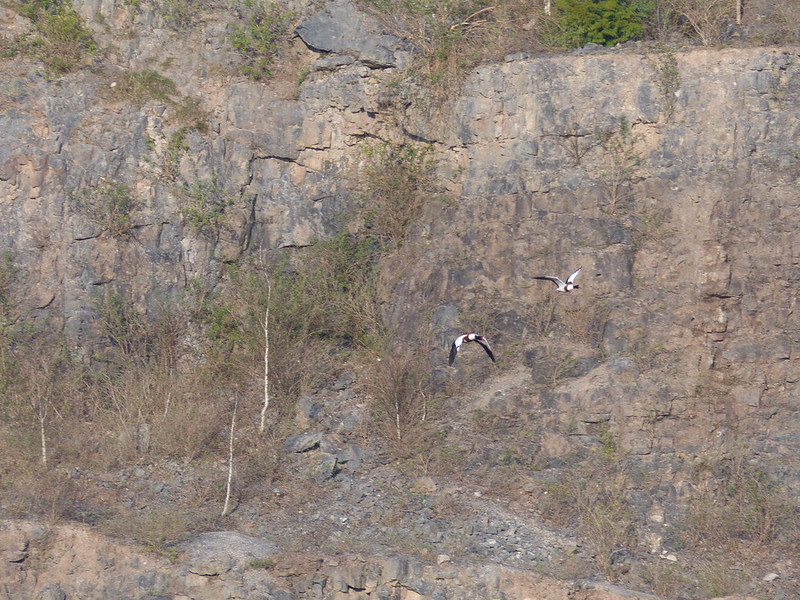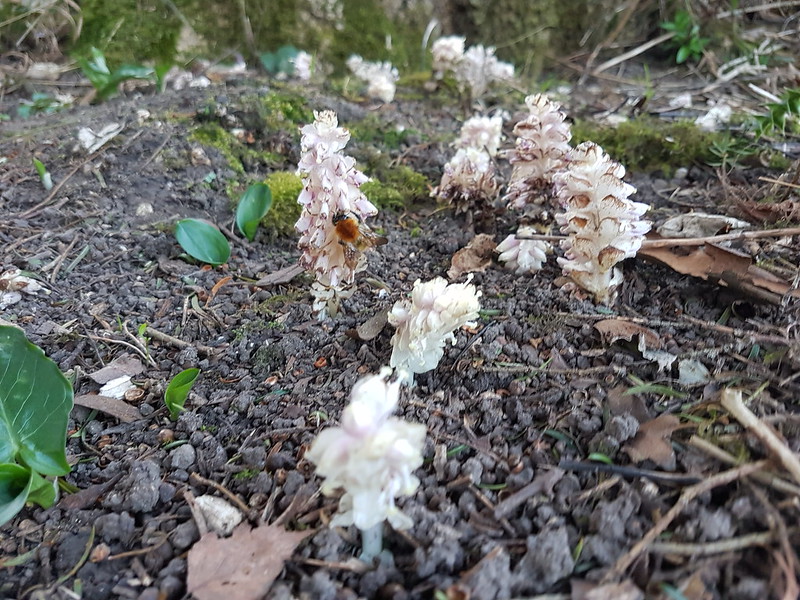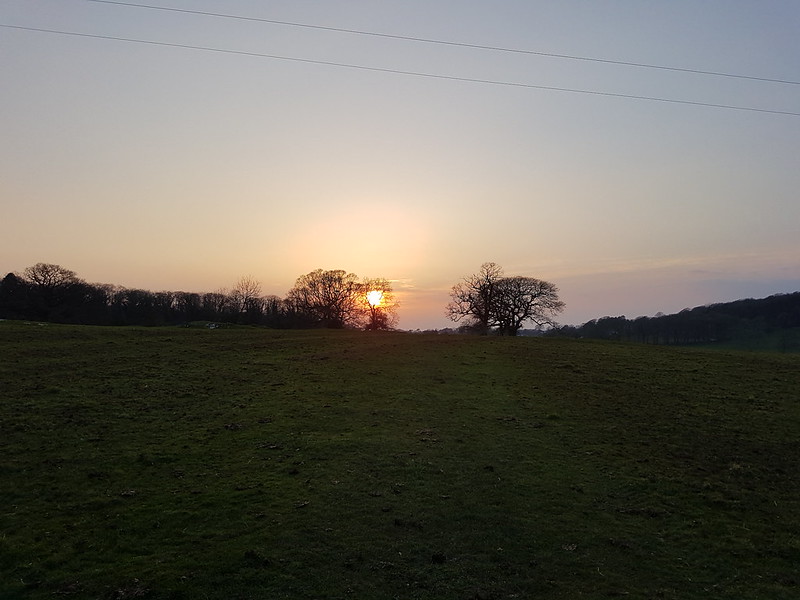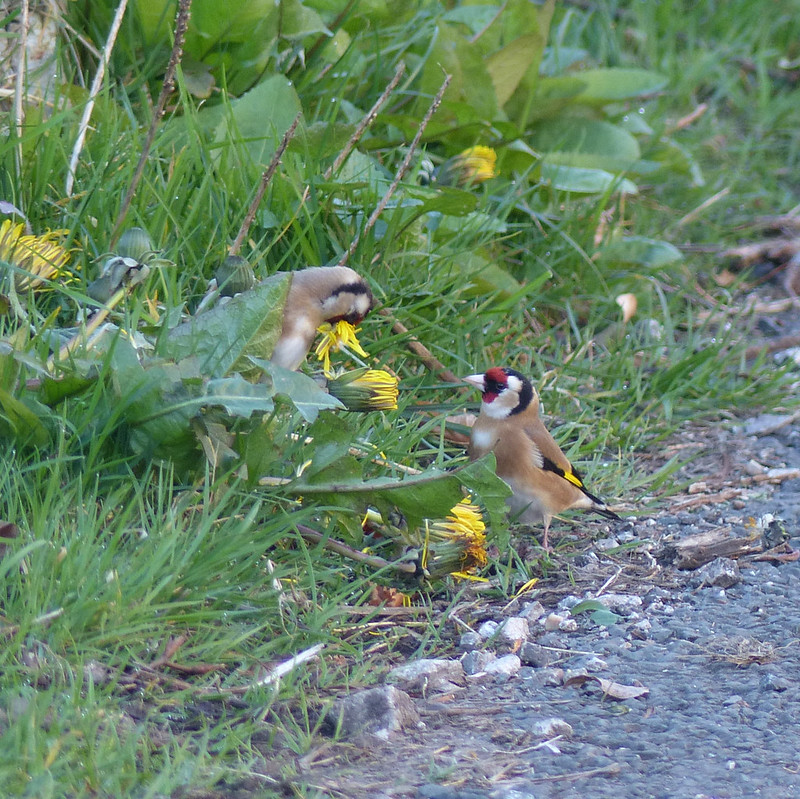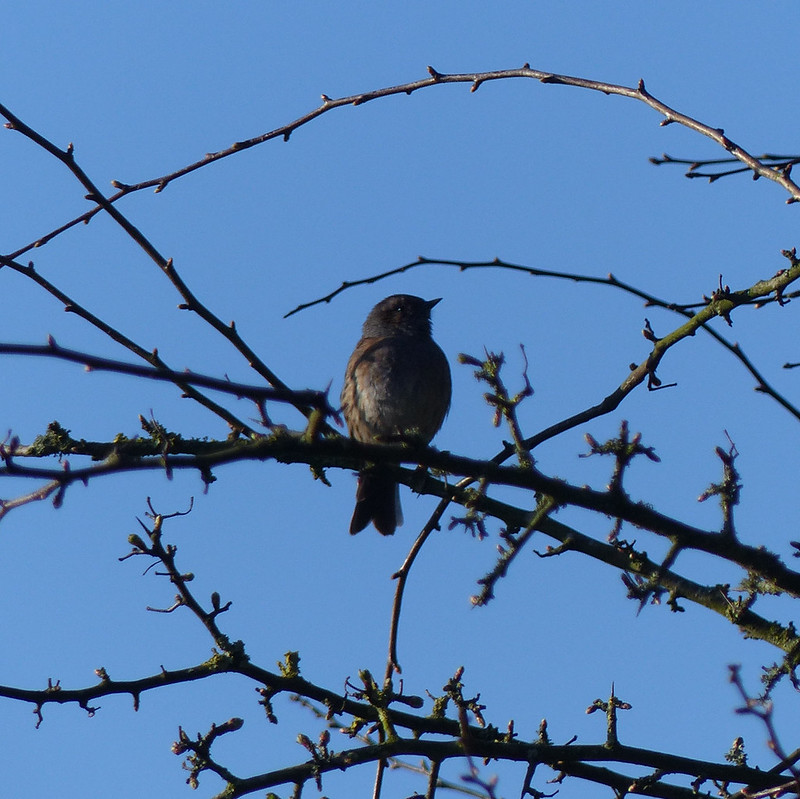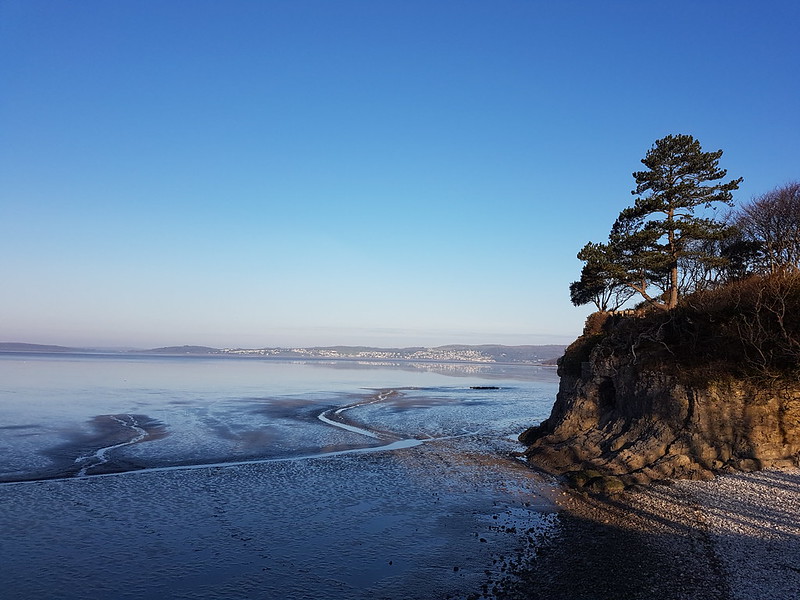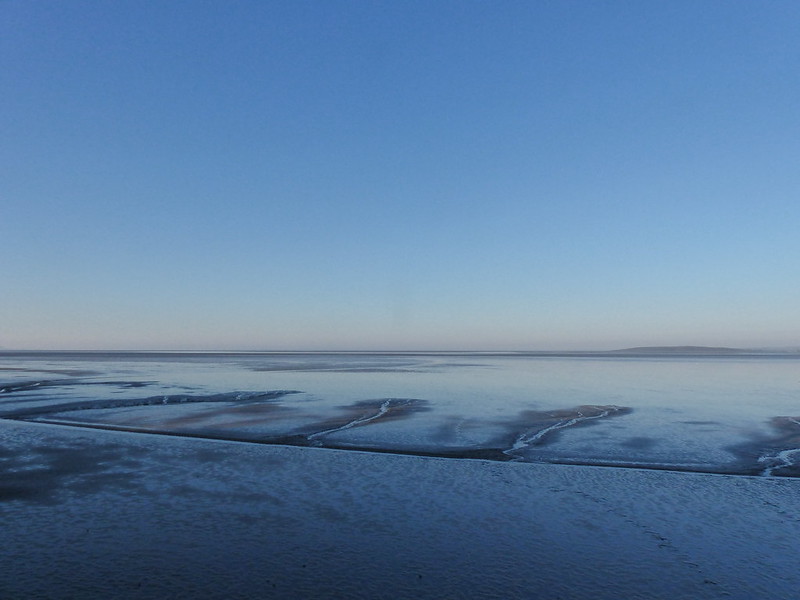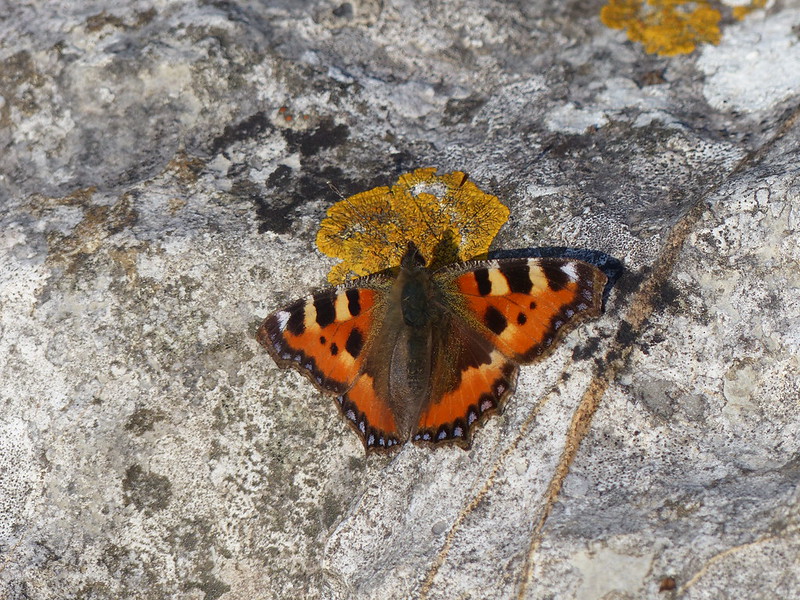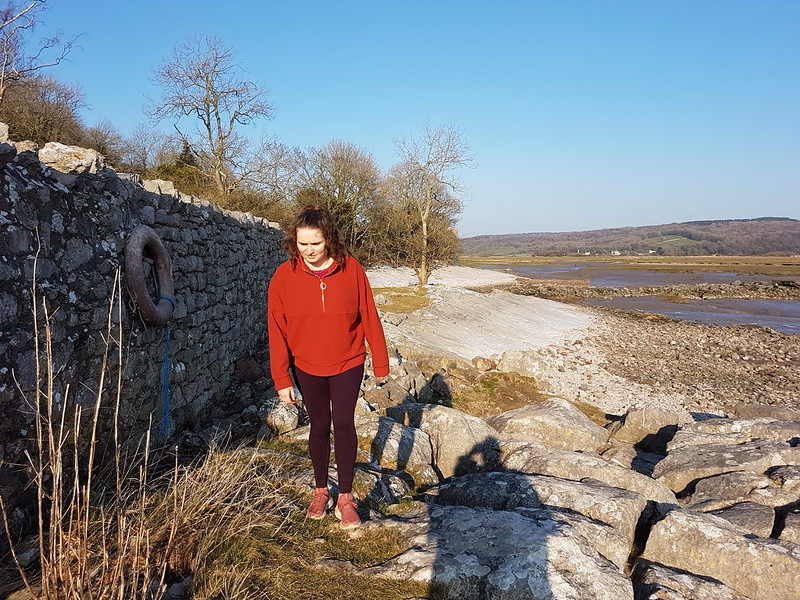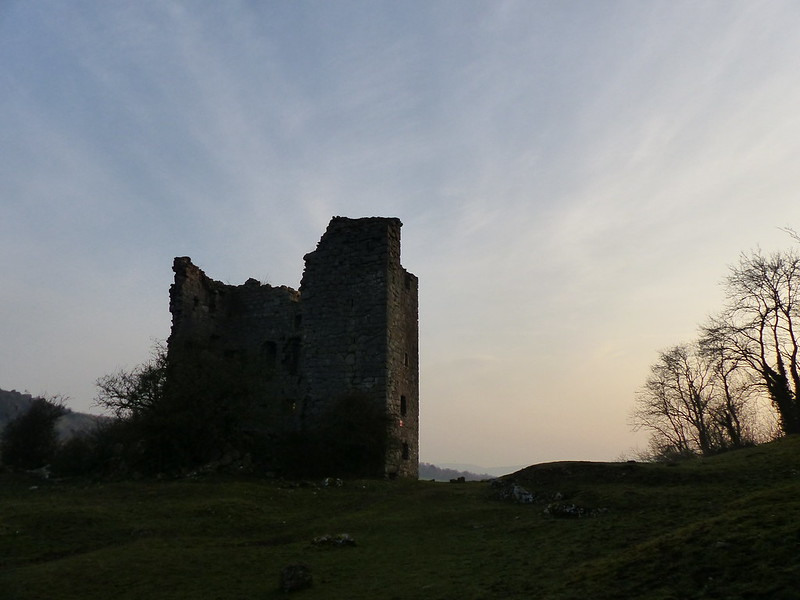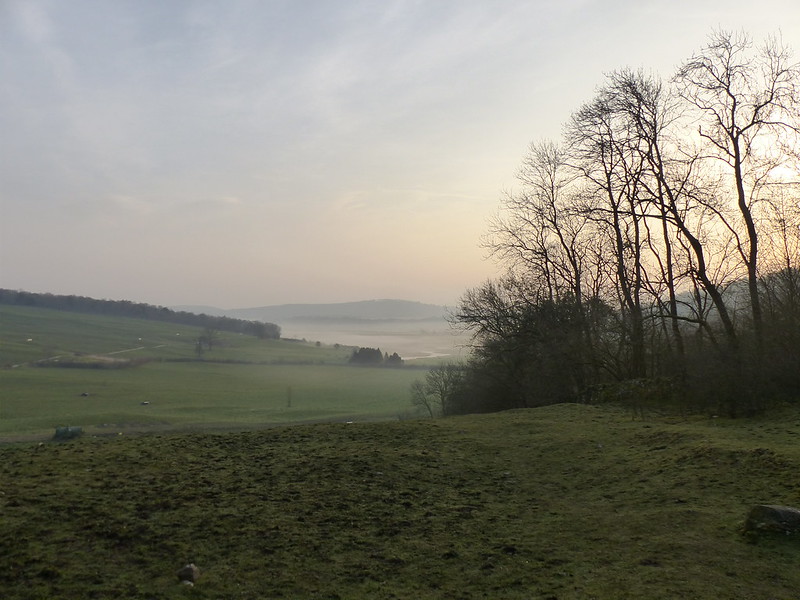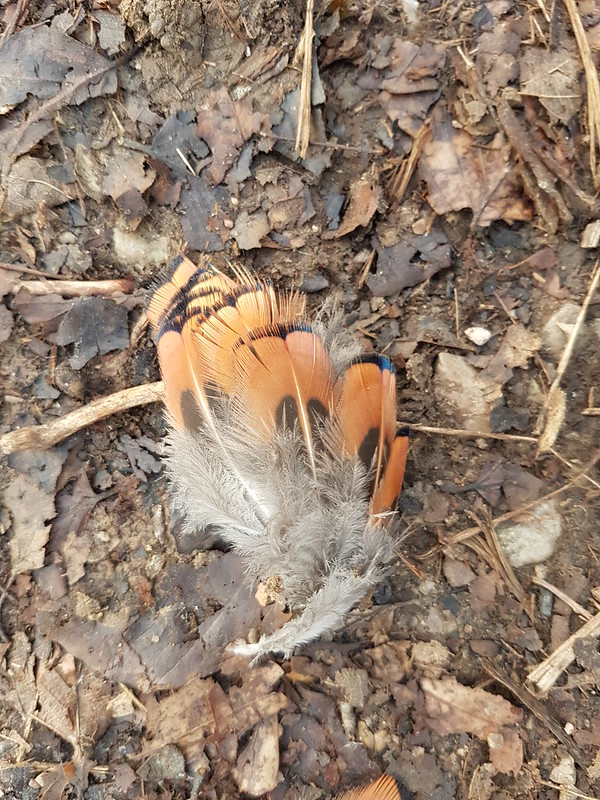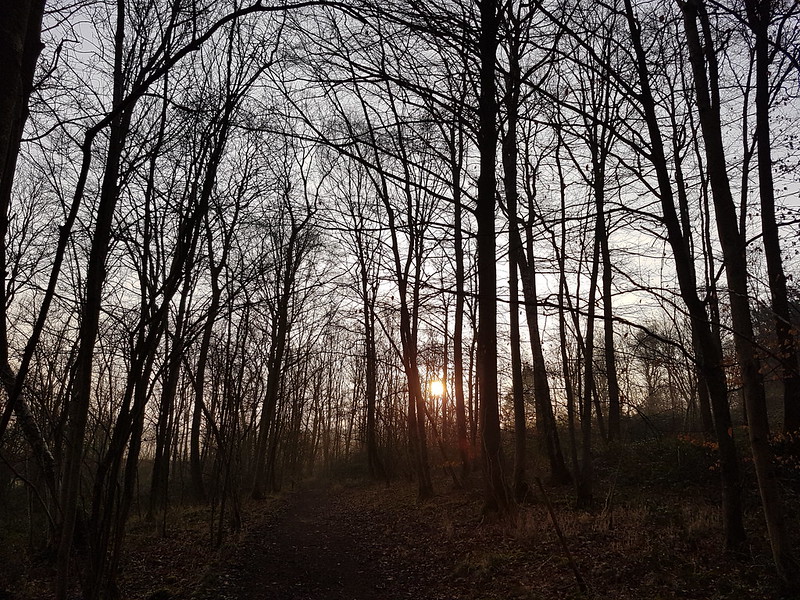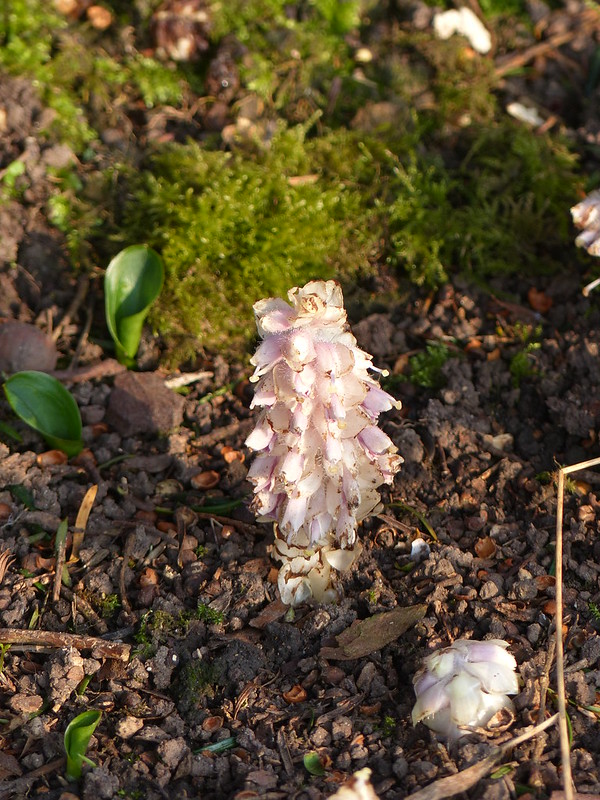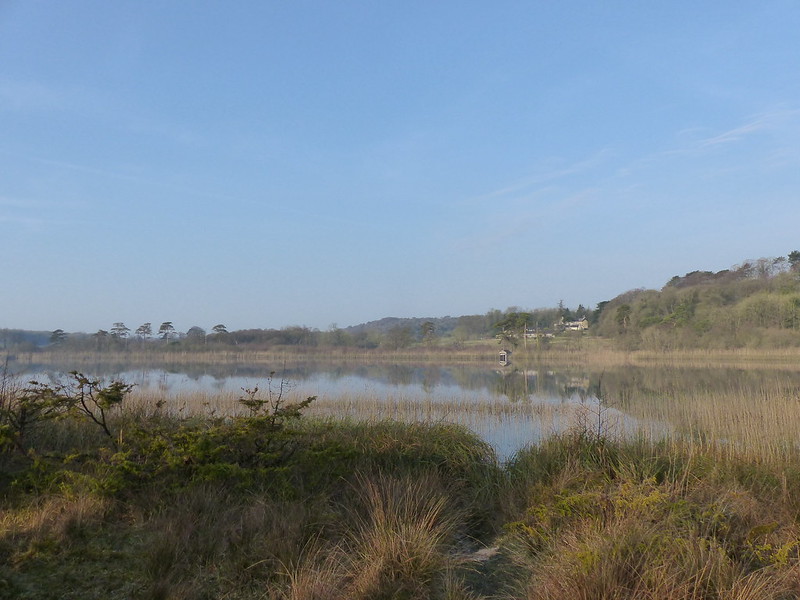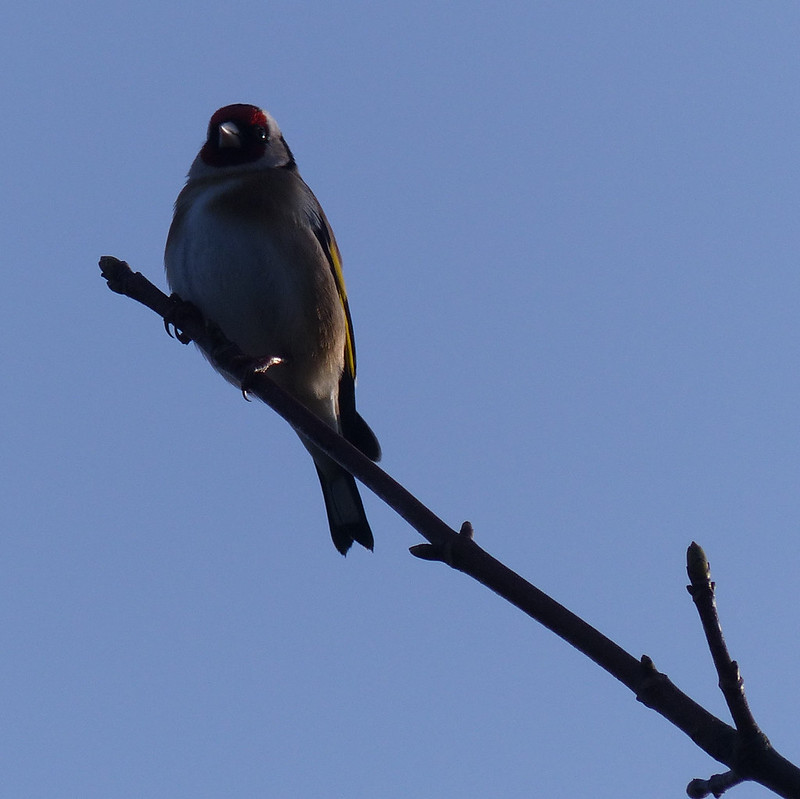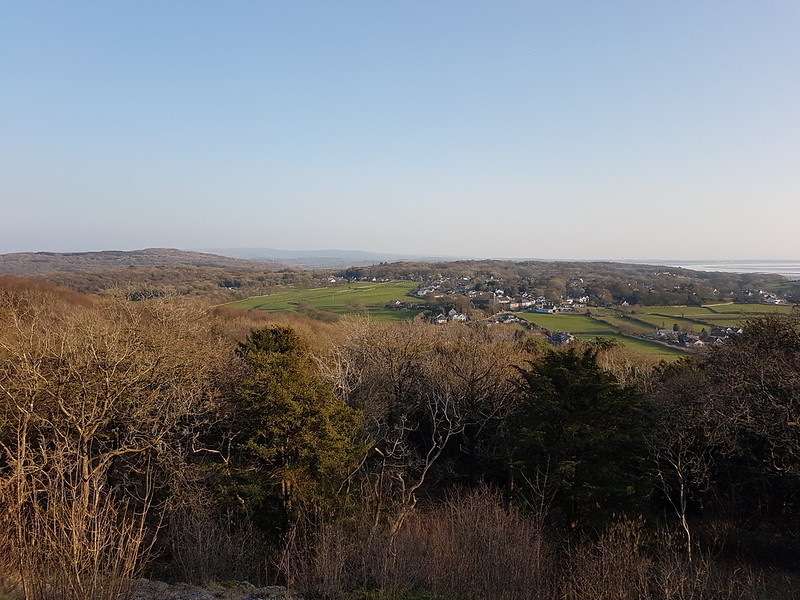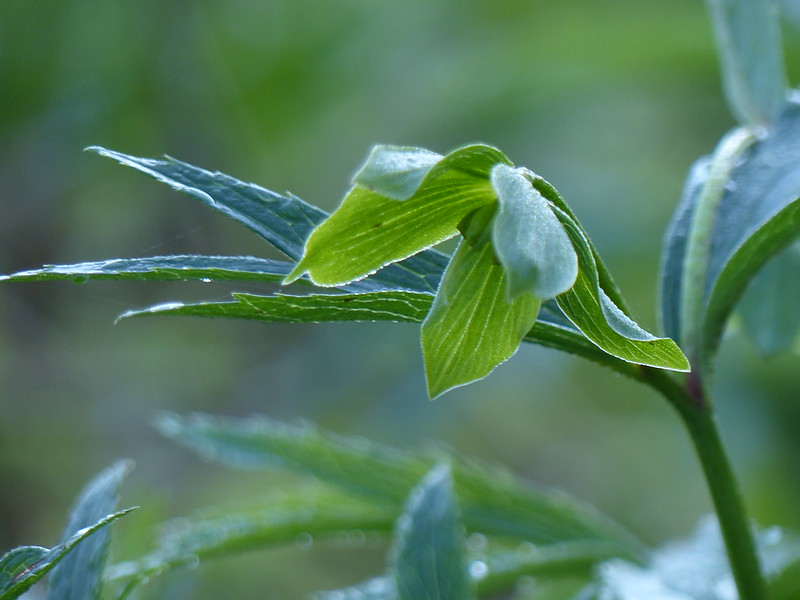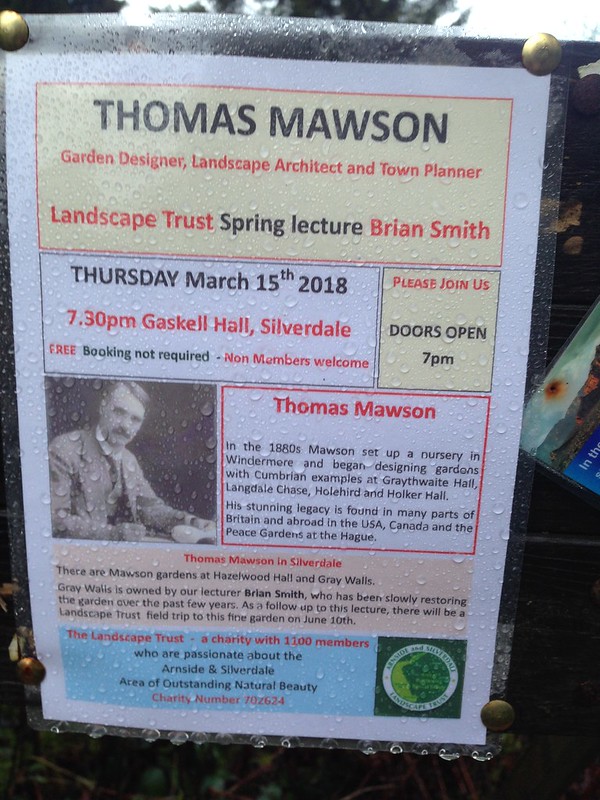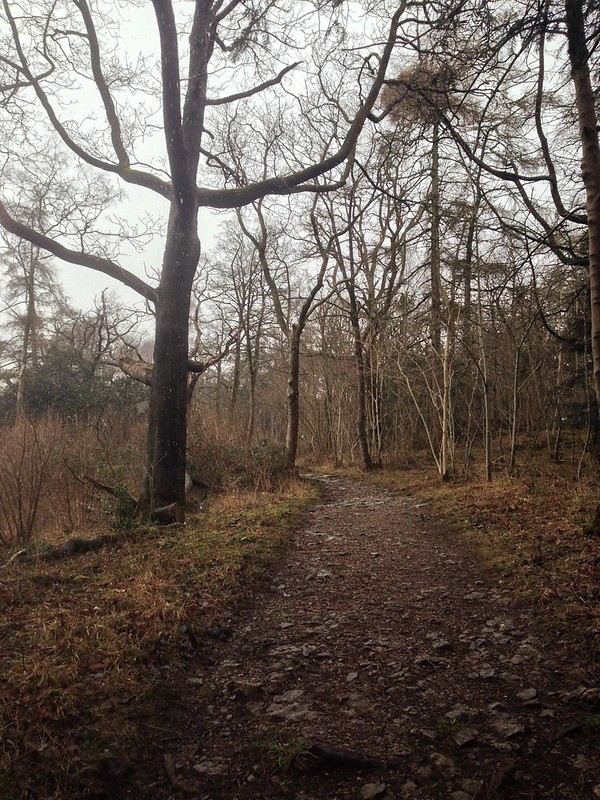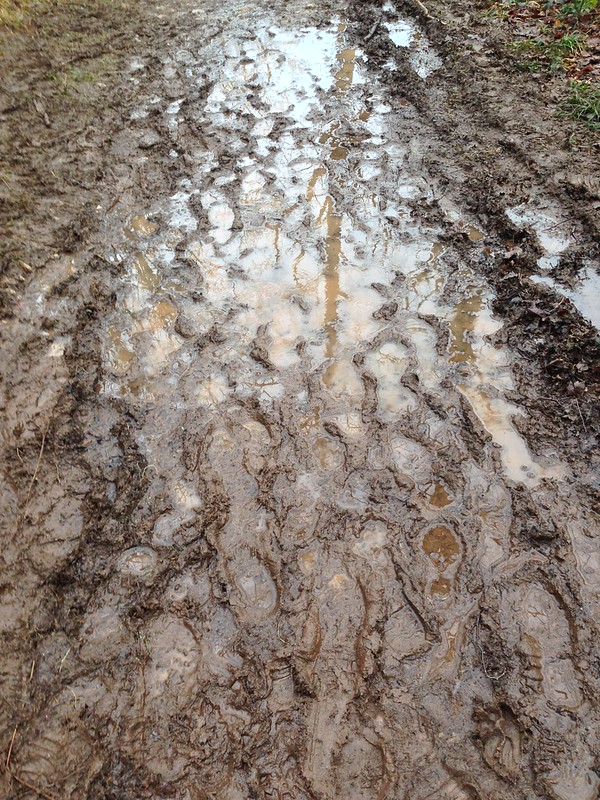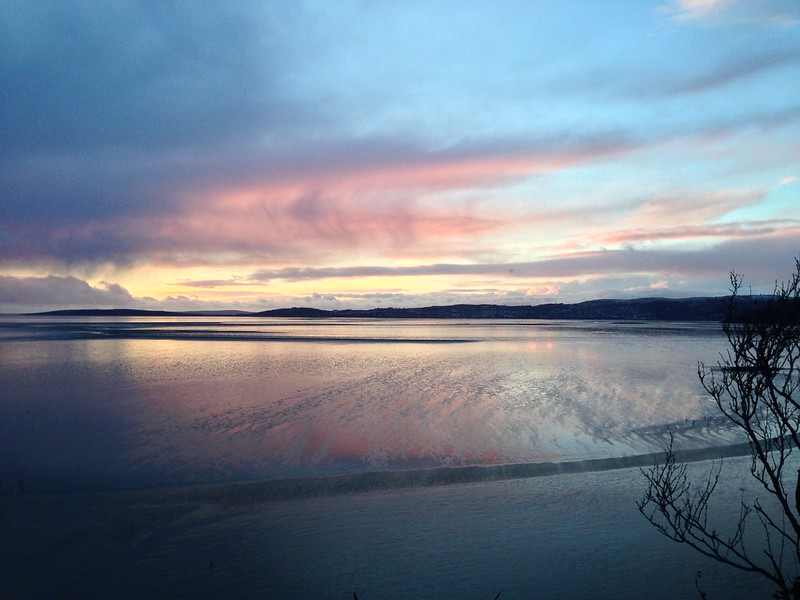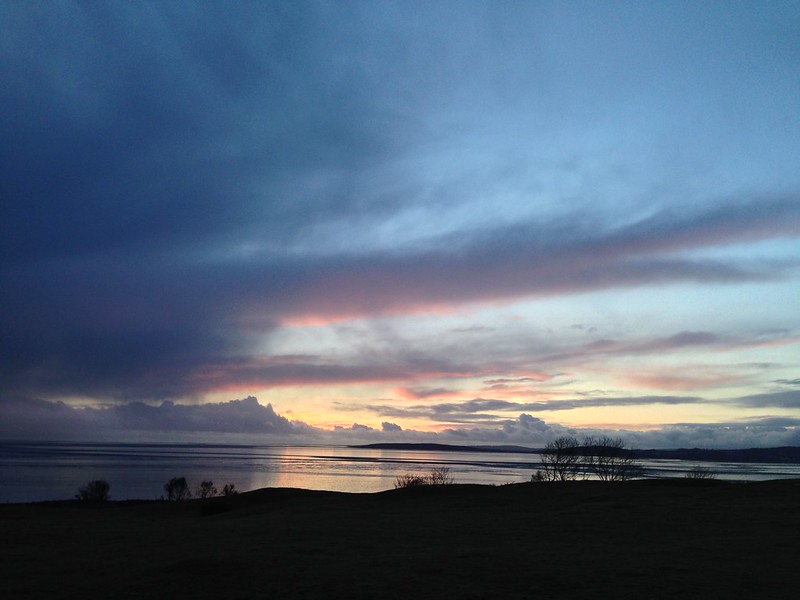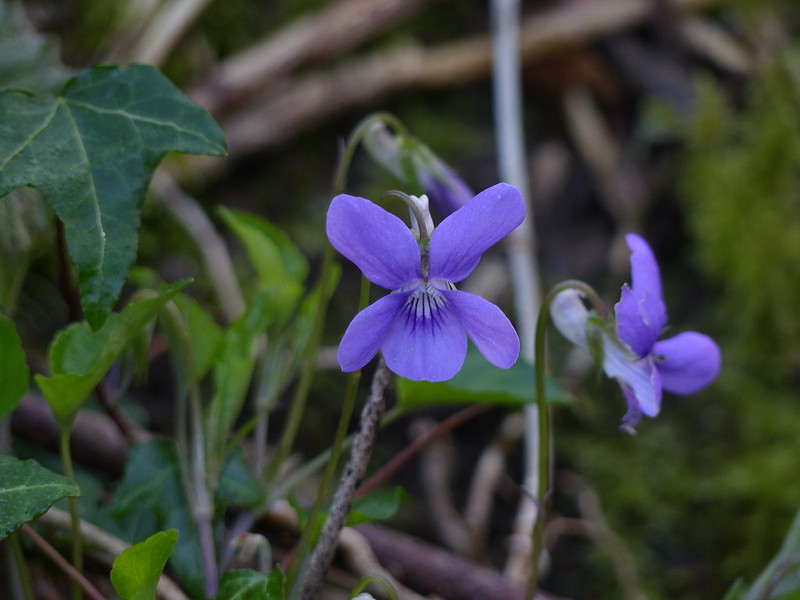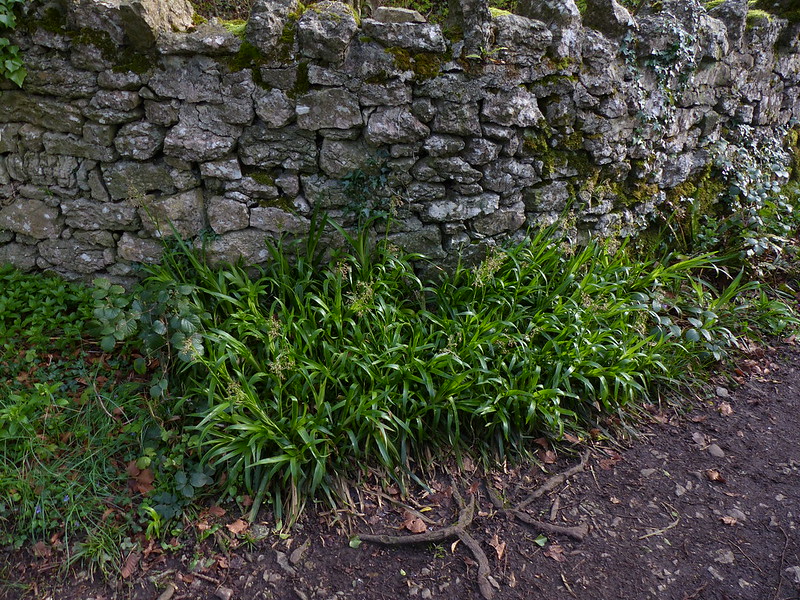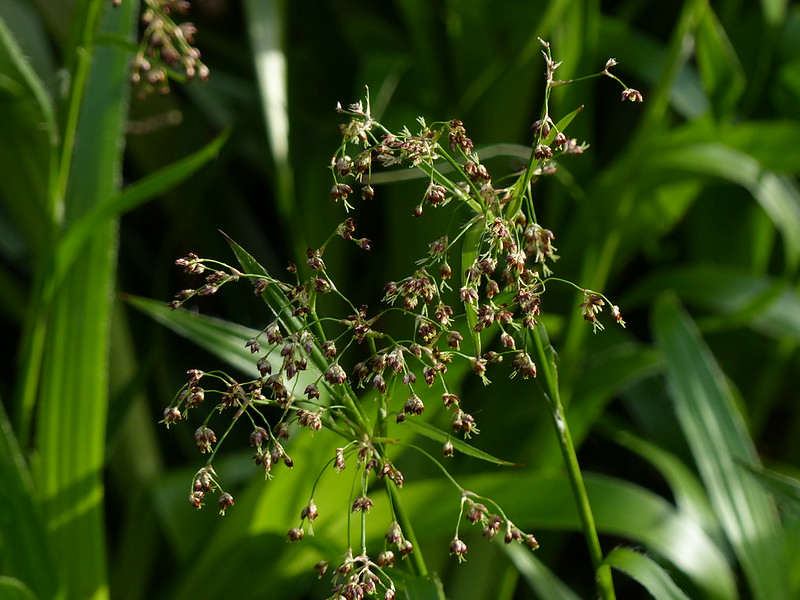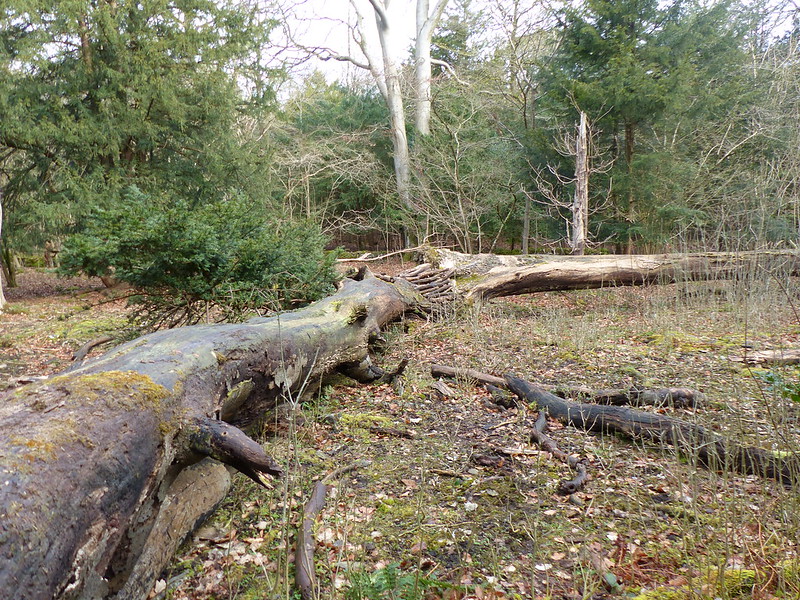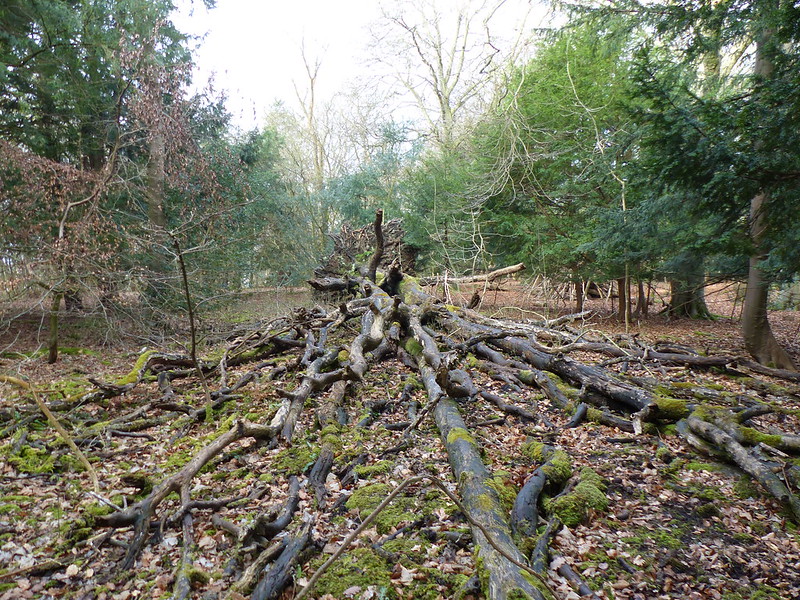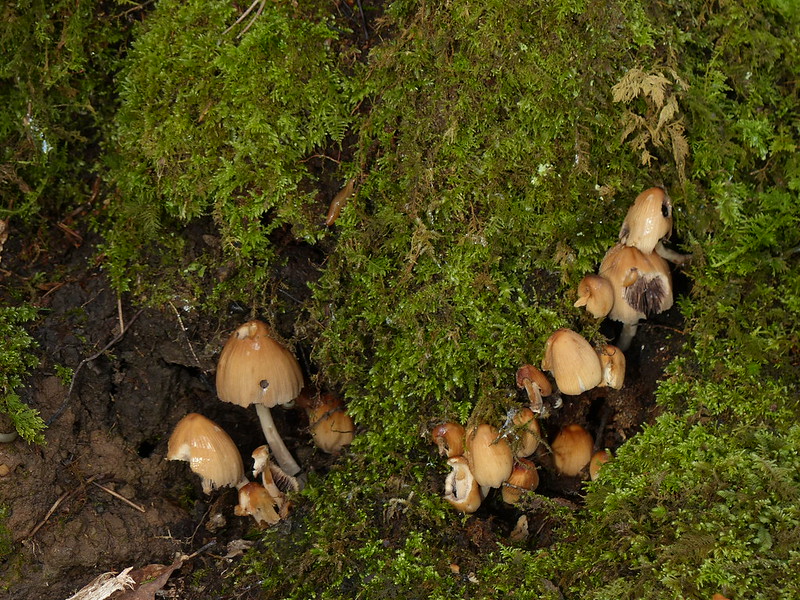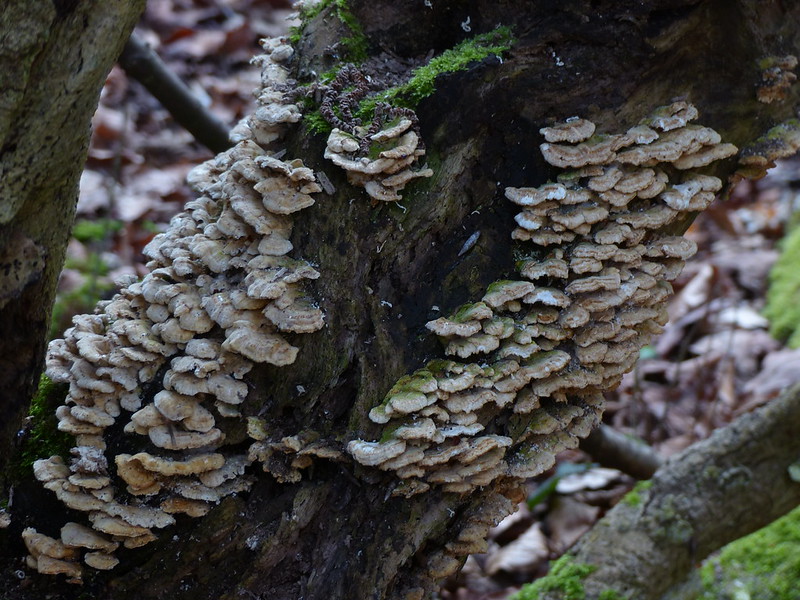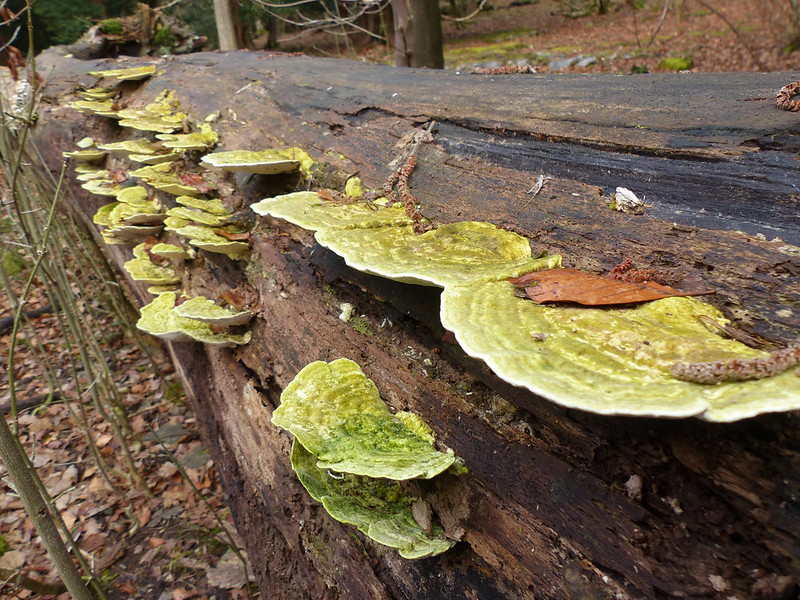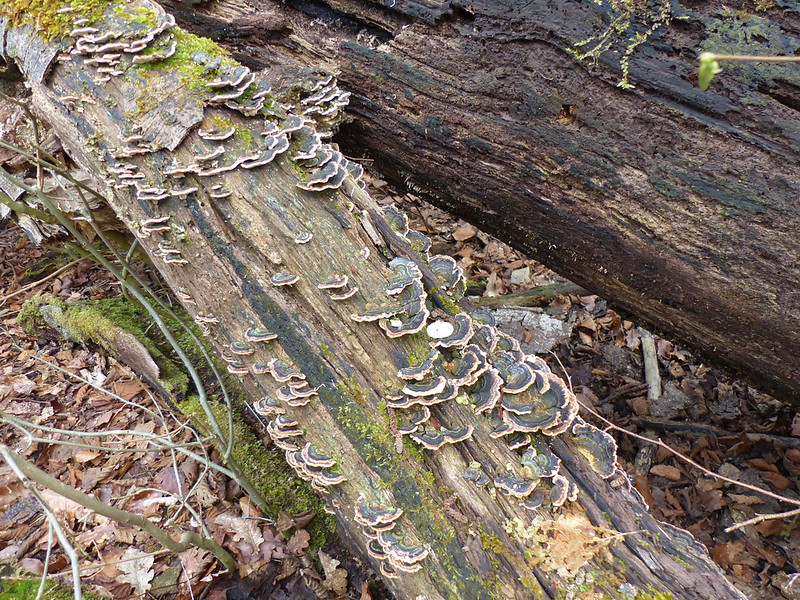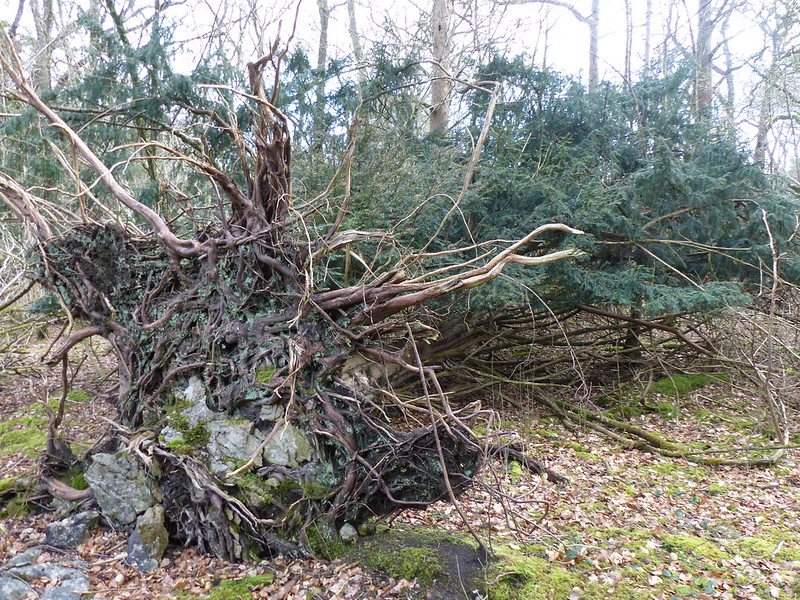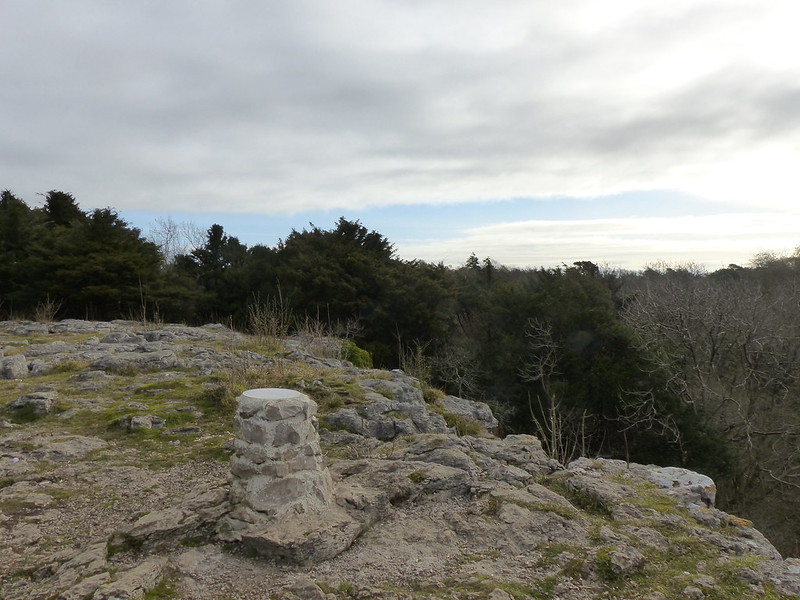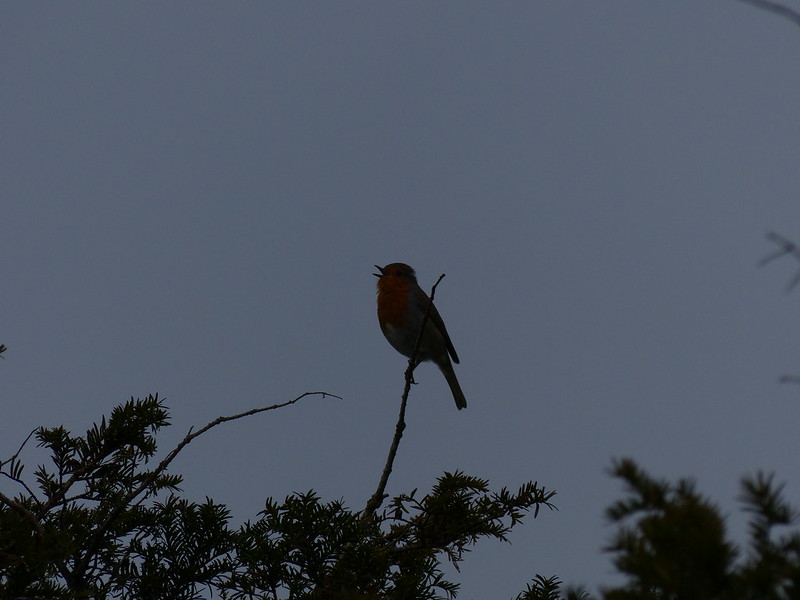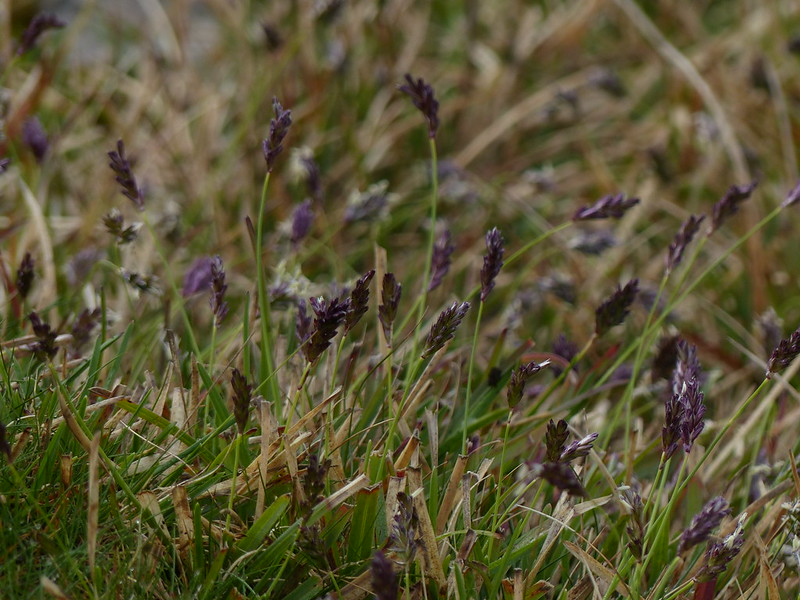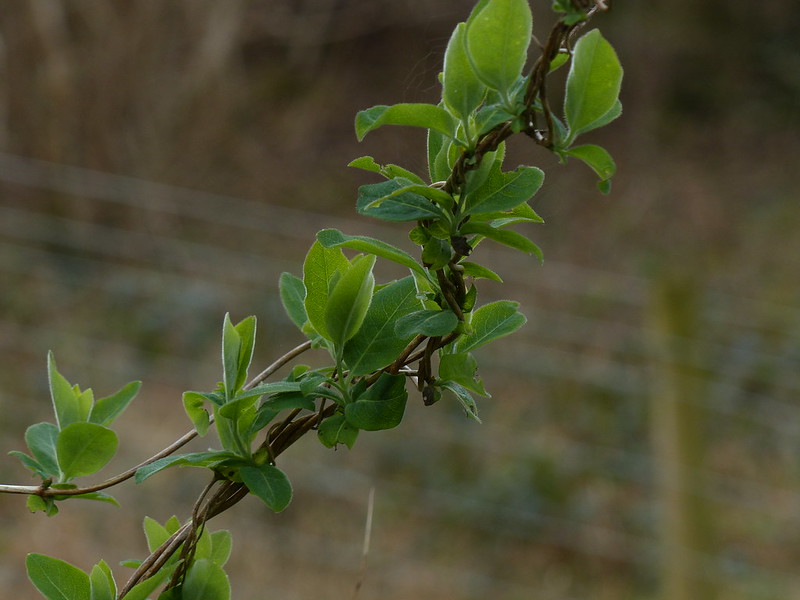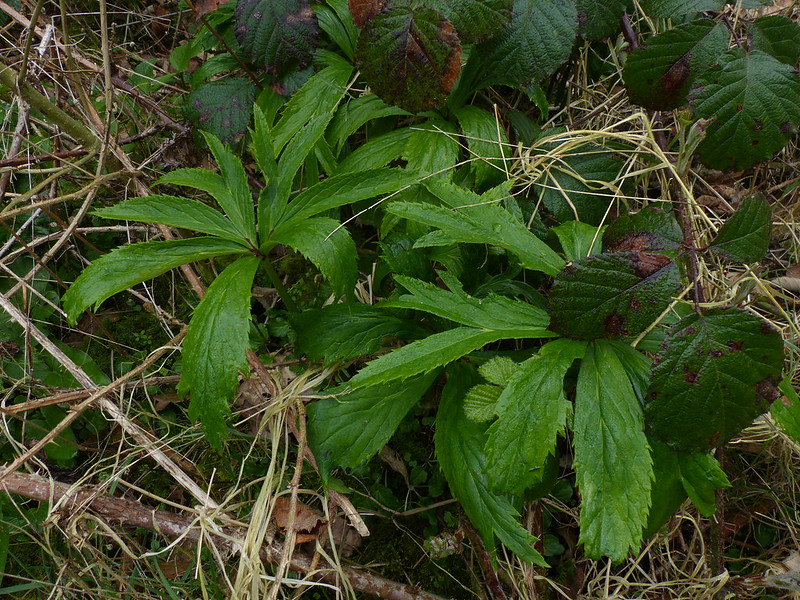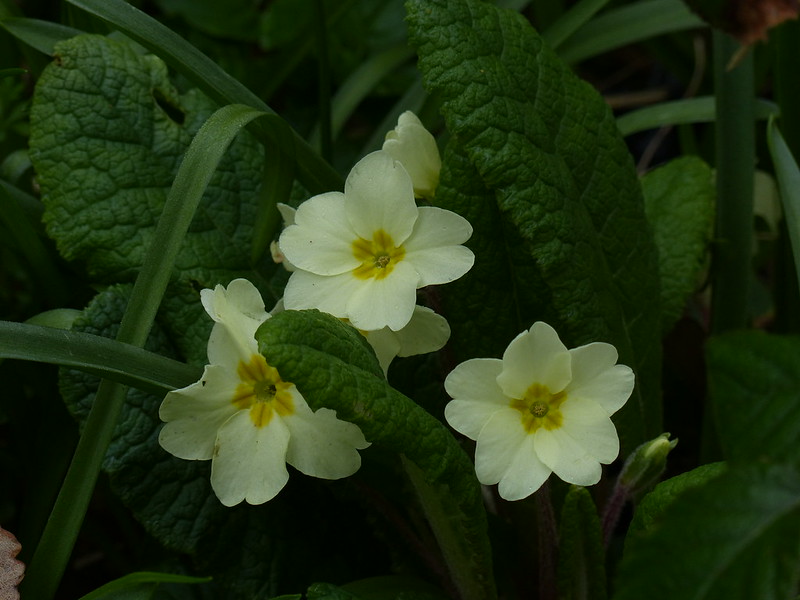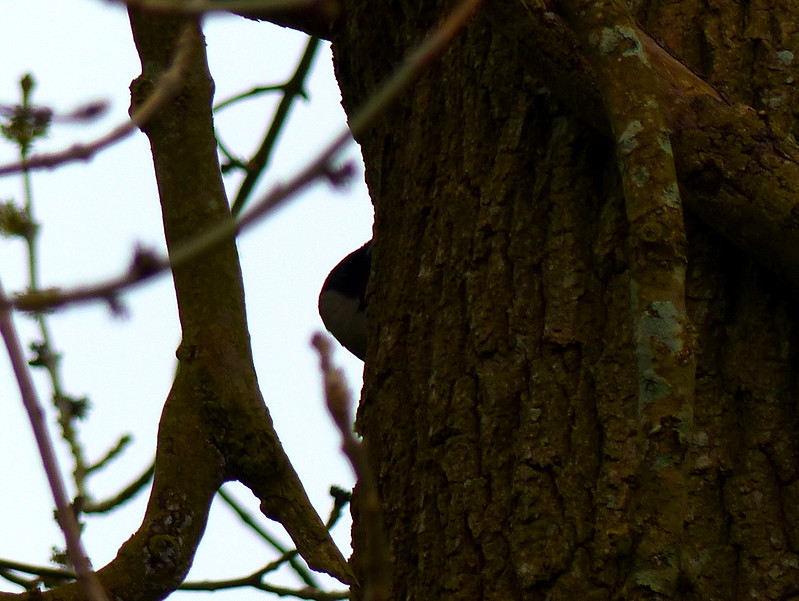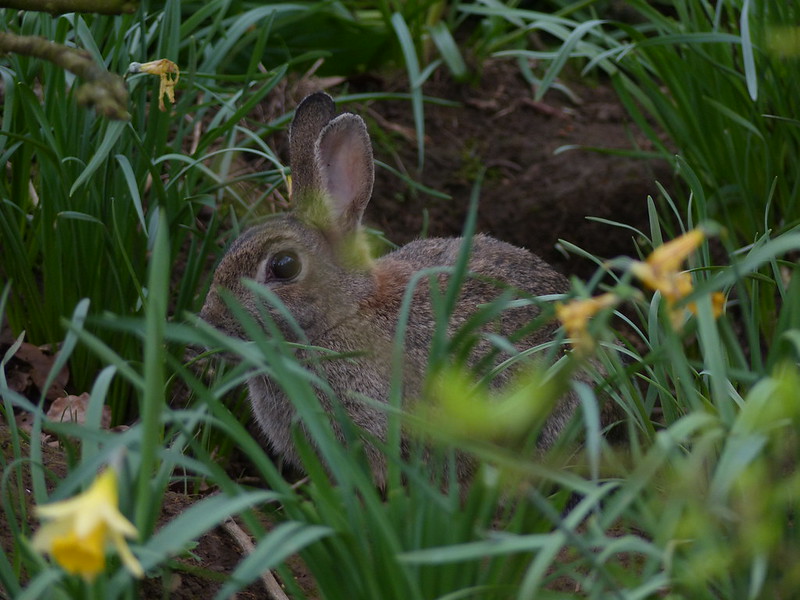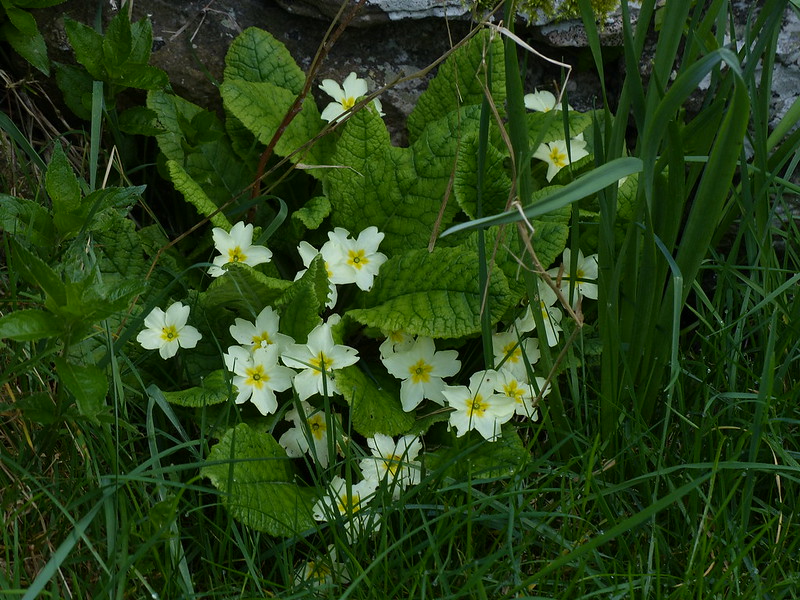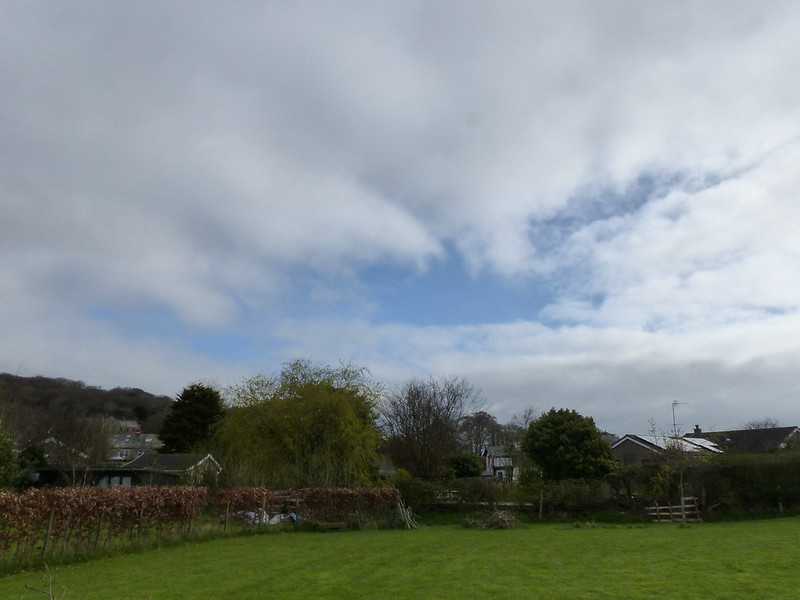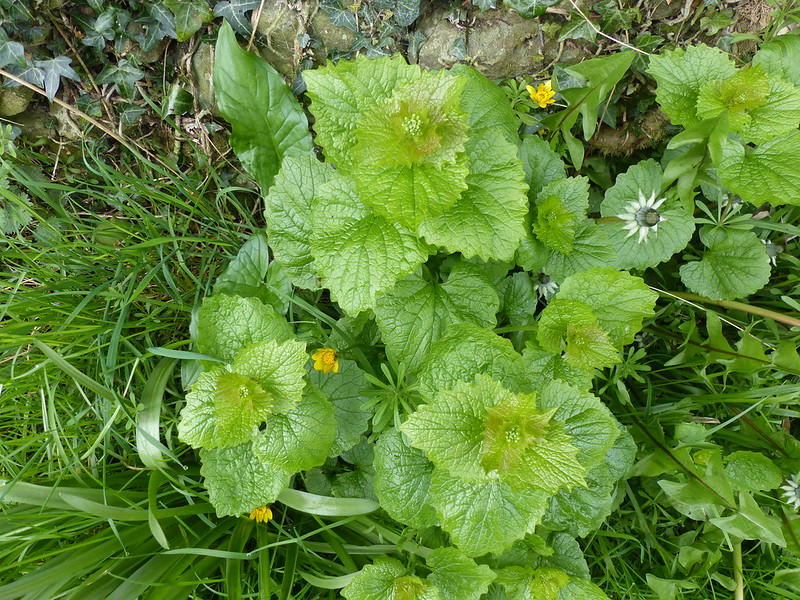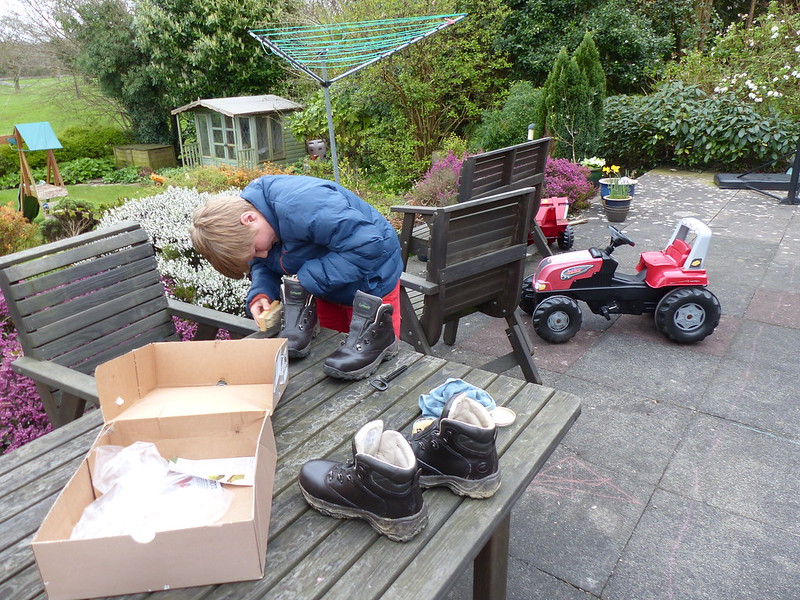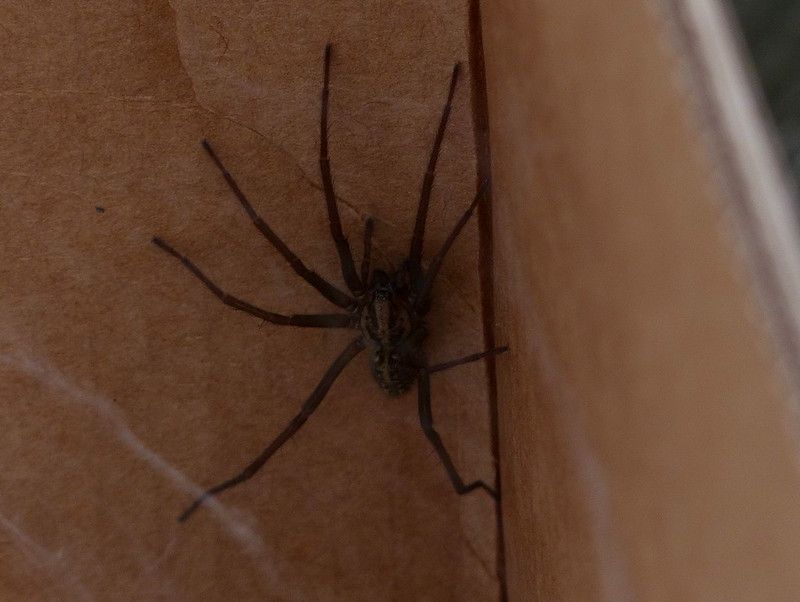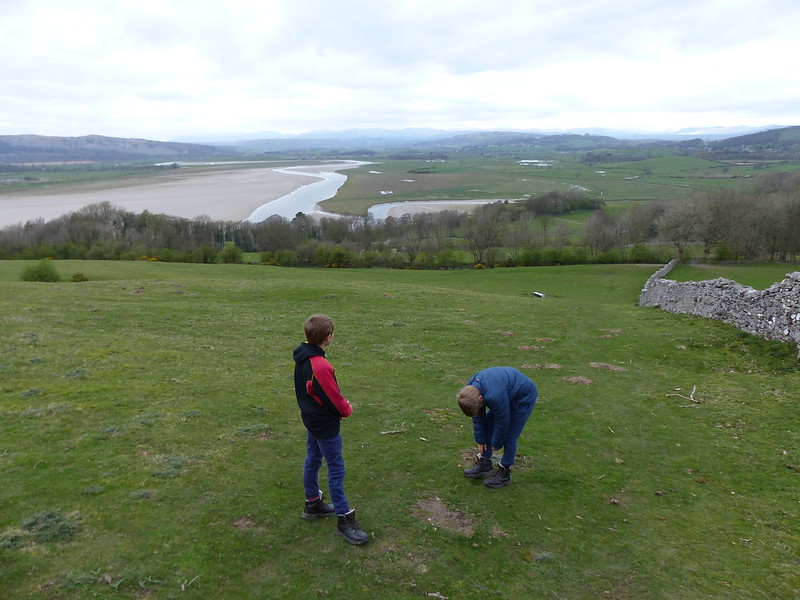
Two shortish local walks from a Sunday in mid-June. The first was only about a mile and a half, around the local lanes in search of elderflower, which I’d realised was coming to an end. I still managed to find plenty for TBH to produce our usual annual supply of cordial.

Naturally, there were plenty of distractions between Elder shrubs, principally bees on the many wild roses and brambles flowering in the hedgerows.

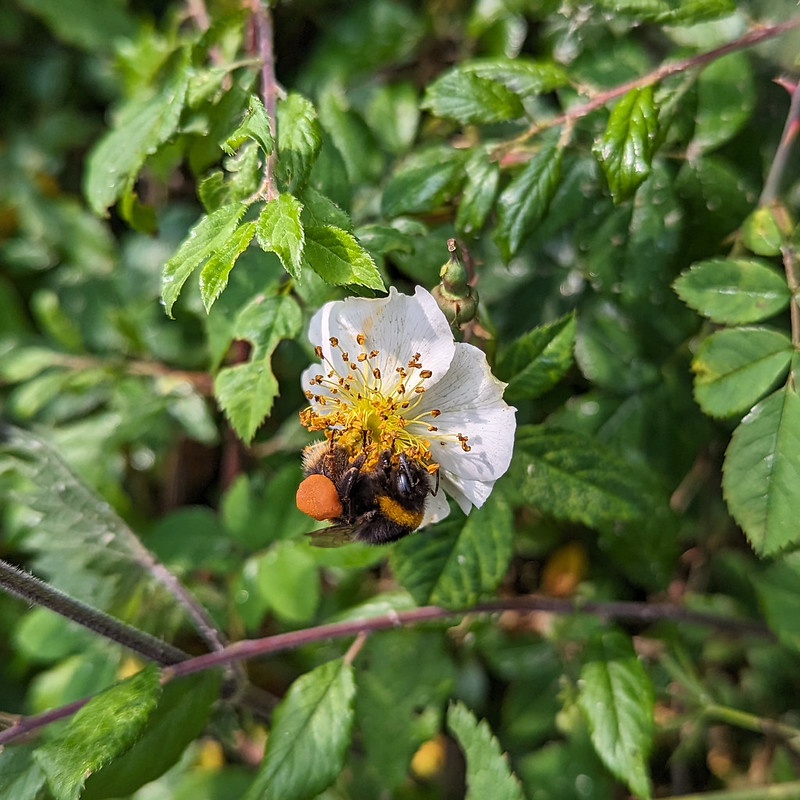
I was amazed by the size of the pollen baskets on this bumblebee, her foraging expedition was clearly even more successful than mine.
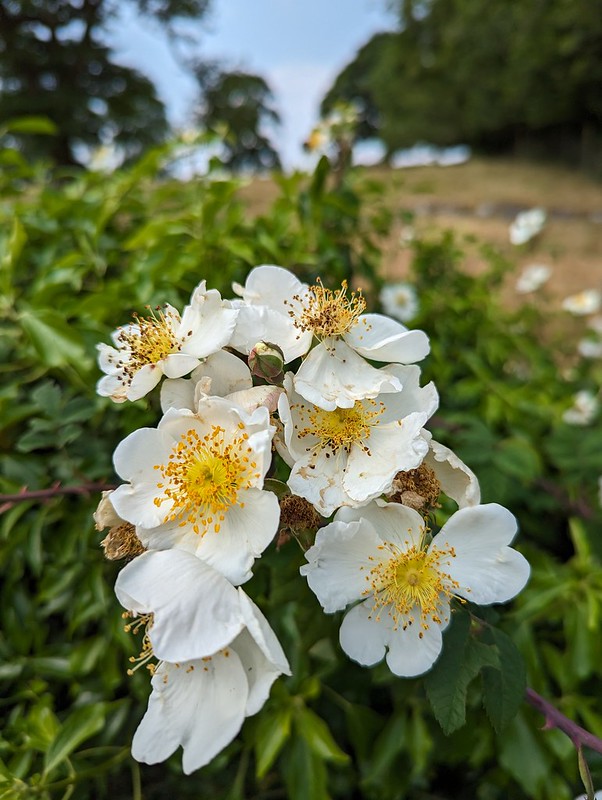
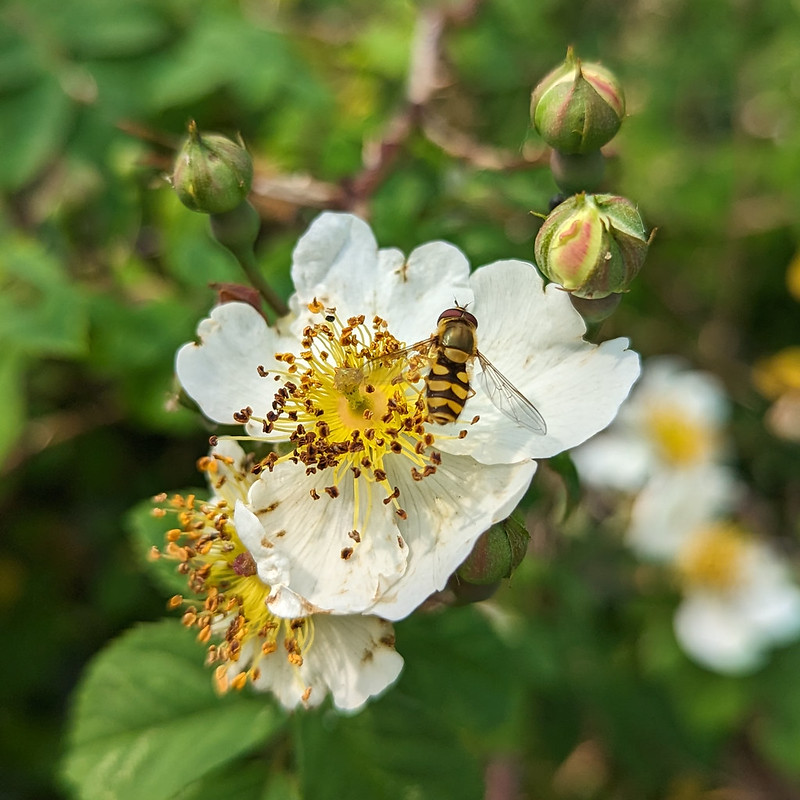
There are several different species of wild rose in Britain, but I think the two most common are Field Rose and Dog Rose. I’ve never known how to distinguish between the two, but a bit of internet research suggests that the tall column in the centre of this flower makes it a Field Rose.
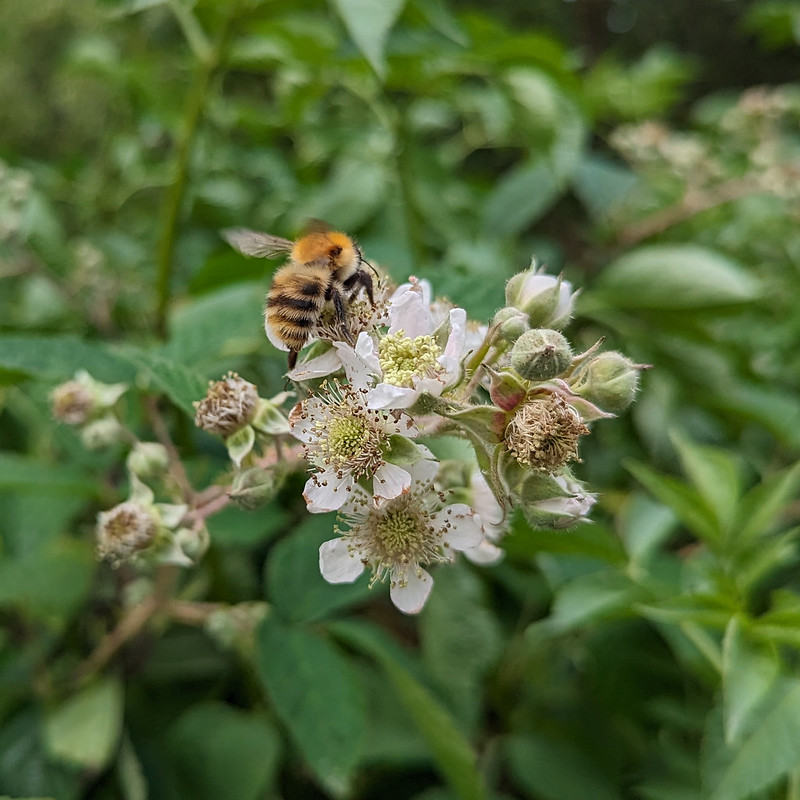
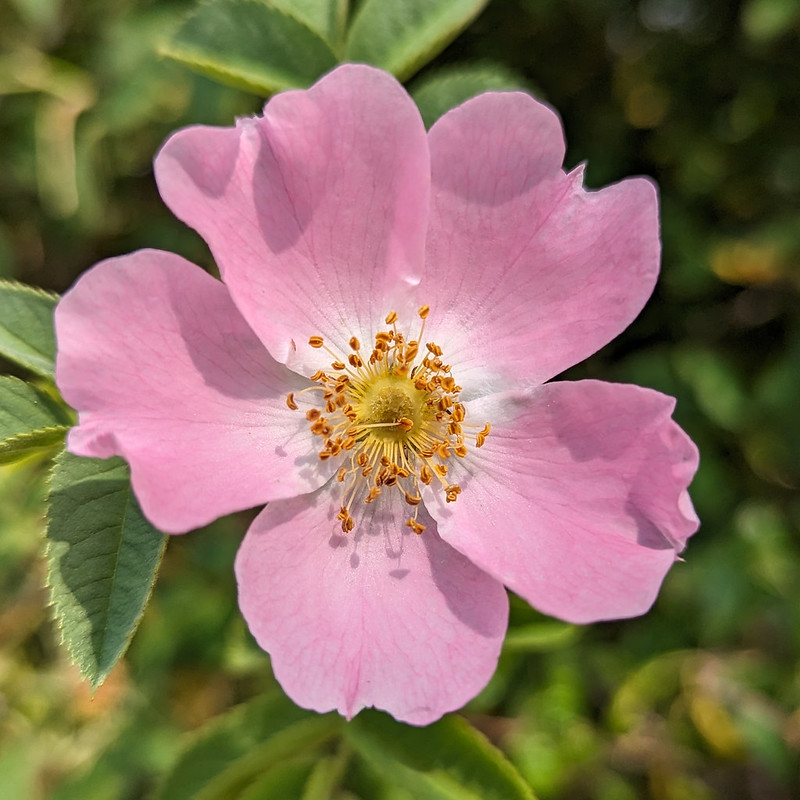
Later, I was out again for a meander around Eaves Wood and Middlebarrow Wood and then on to Lambert’s Meadow. It was around five miles in total, and packed with interest.

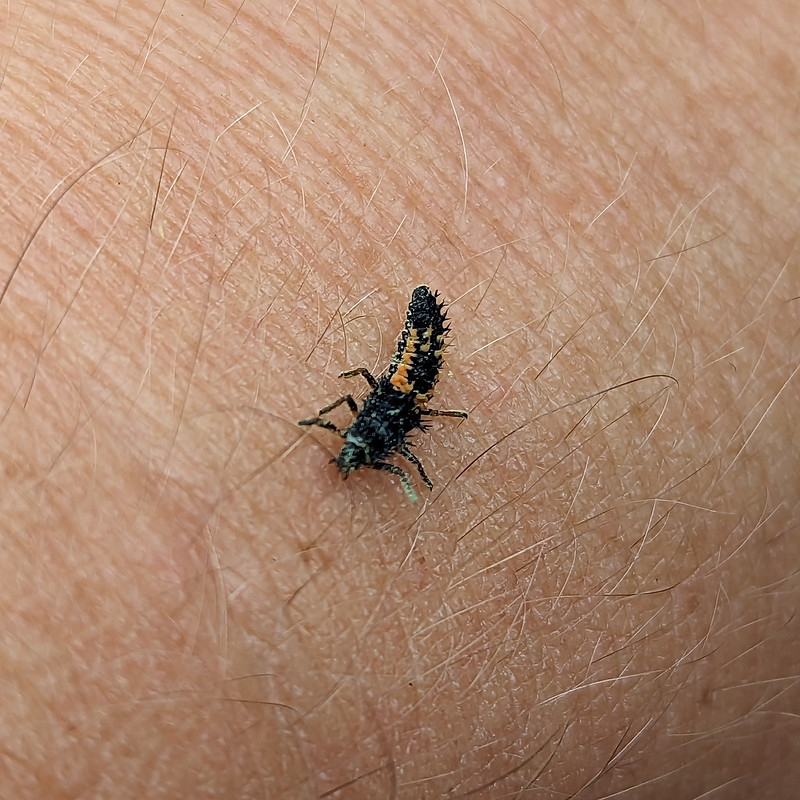
Another selfie – this ladybird larva hitched a lift on my wrist.
Eaves Wood and Middlebarrow Wood are really just the one woodland. The former is in Lancashire and the latter Cumbria; Eaves Wood is owned by the National Trust and the woods on the north side of Middlebarrow are owned, I think, by Holgates and by Dallam Tower Estate. But I don’t suppose the local flora and fauna notices the distinctions.
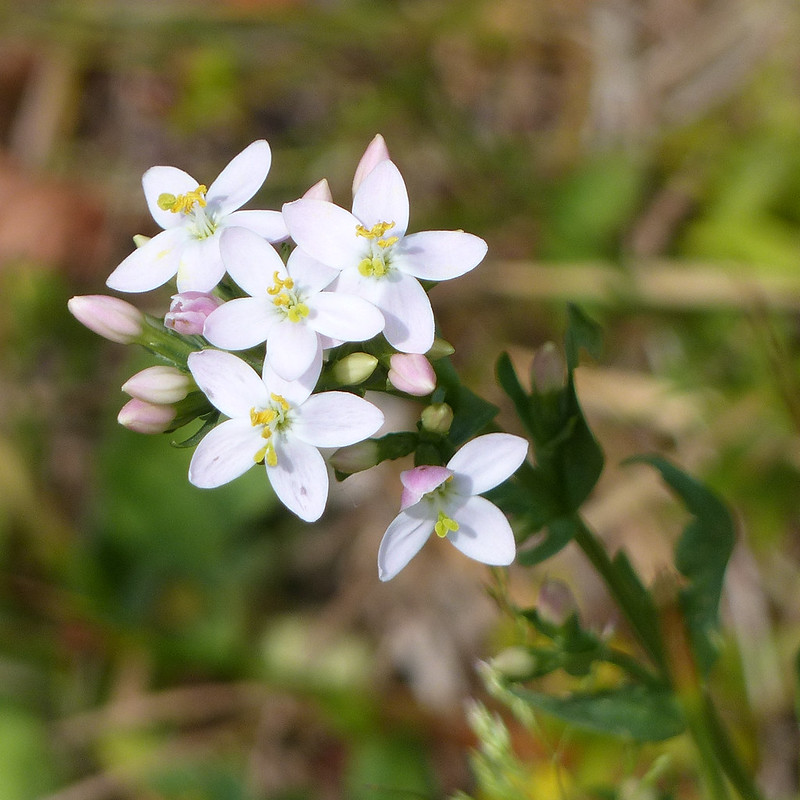
The glades and wider pathways in Middlebarrow Wood were dotted with Common Centuary. It’s usually pink, but many of the flowers I saw were almost white. I wonder if the long sunny spell had made them fade?

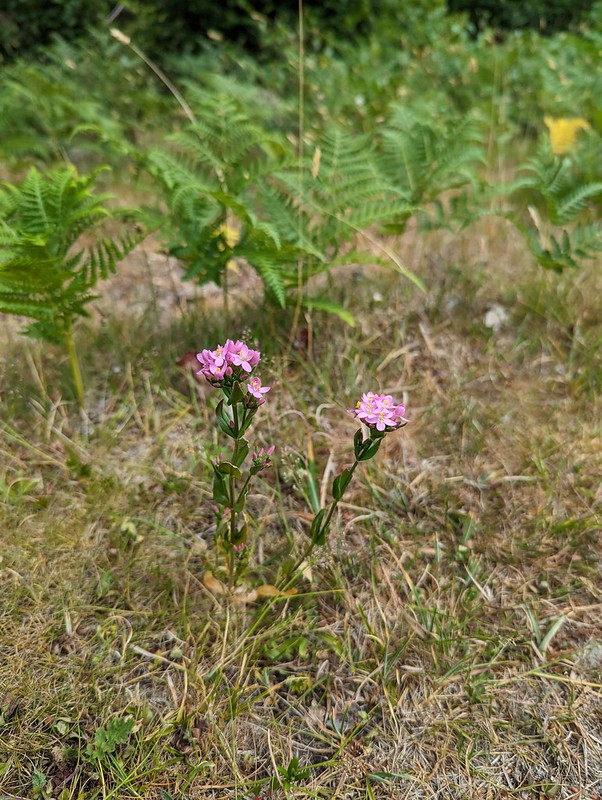
Having waited years to get my first photo of an Emperor Dragonfly, I managed to photograph three in the woods on this Sunday. This is my favourite photo…
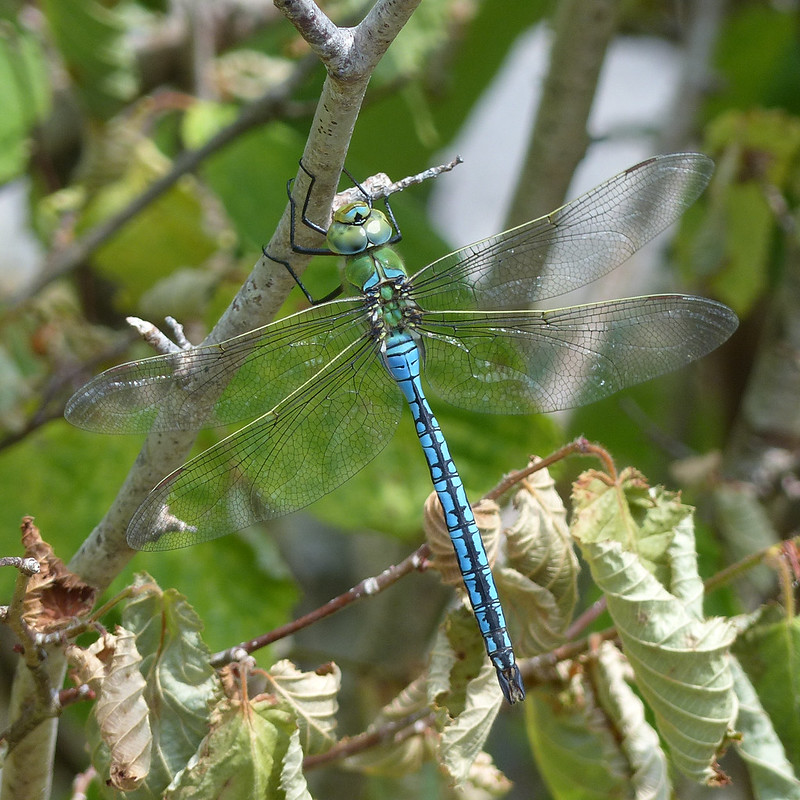
I’m fairly sure that this is a male. The female would have a thicker black line running down the abdomen. The green thorax, yellow costa (line along the top of each wing) and the brown wing-spots are characteristic of Emperors.
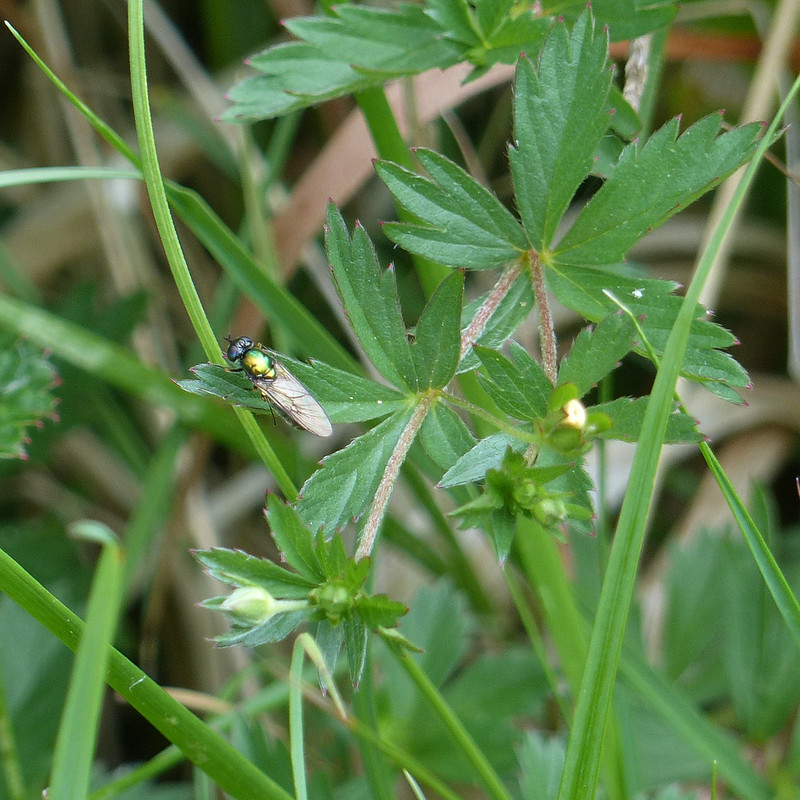
There seem to be several species of Soldier Fly with a shiny green thorax. I only got one photo – a clearer view of the abdomen might have helped with an identification, but not to worry, I’m always thrilled by shiny insects.


I seem to have seen lots of Silver Y moths this summer. It’s a migratory moth which can arrive here in the summer in large numbers. Apparently, they do breed in the UK but can’t survive our winters. They seem to move almost constantly, which is why the edges of the wings are out of focus above. However, when they stop moving and fold their wings, they almost disappear…



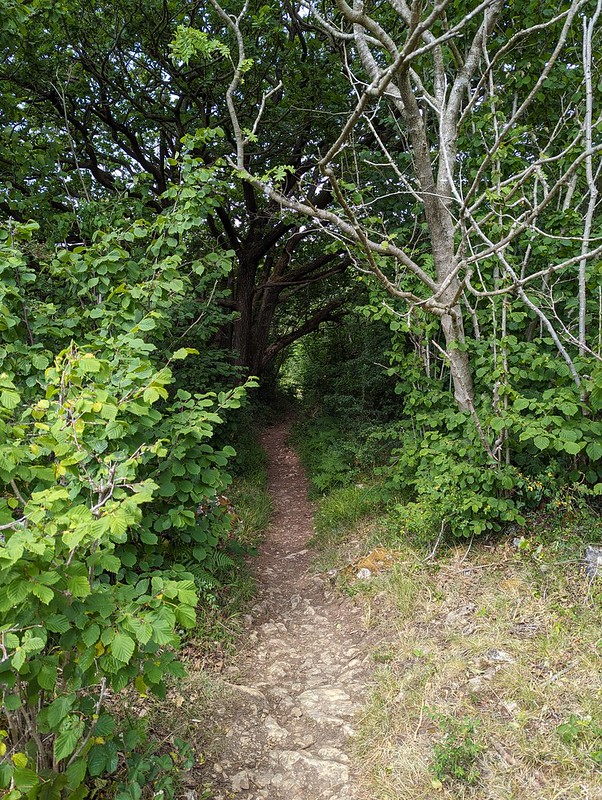
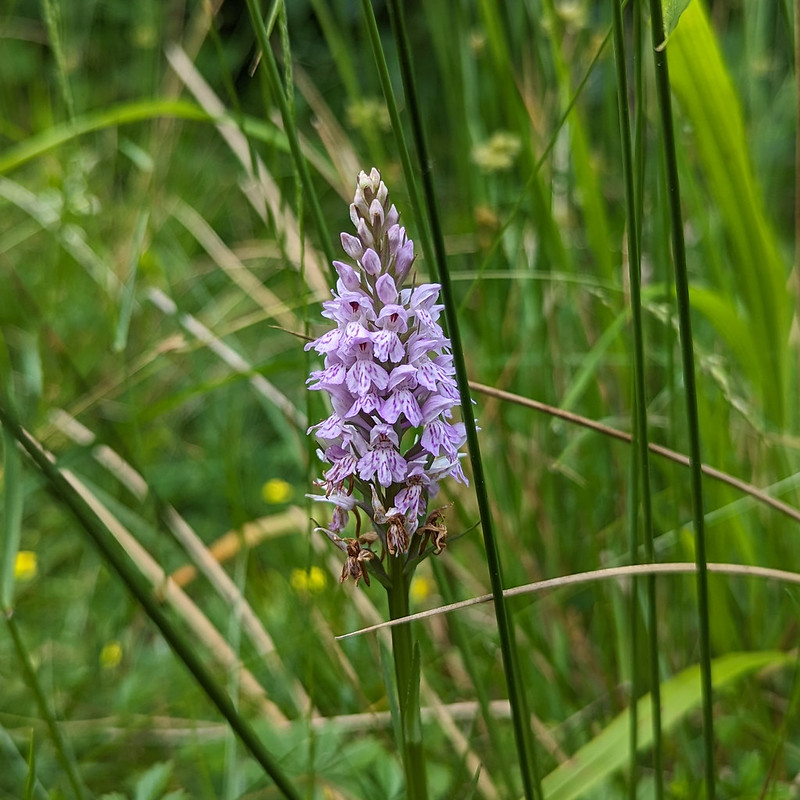
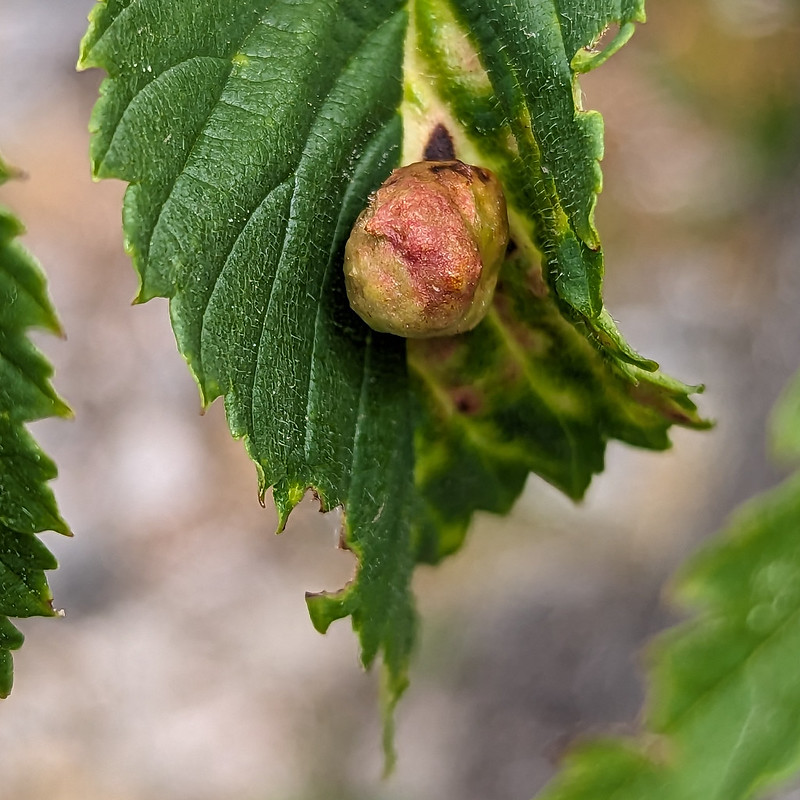
Middlebarrow Wood has several areas of limestone pavement. Many of the trees growing from the clints and grykes looked parched, with papery, yellowing leaves. This tree, on the other hand, looked very healthy, but many of its leaves held large galls.
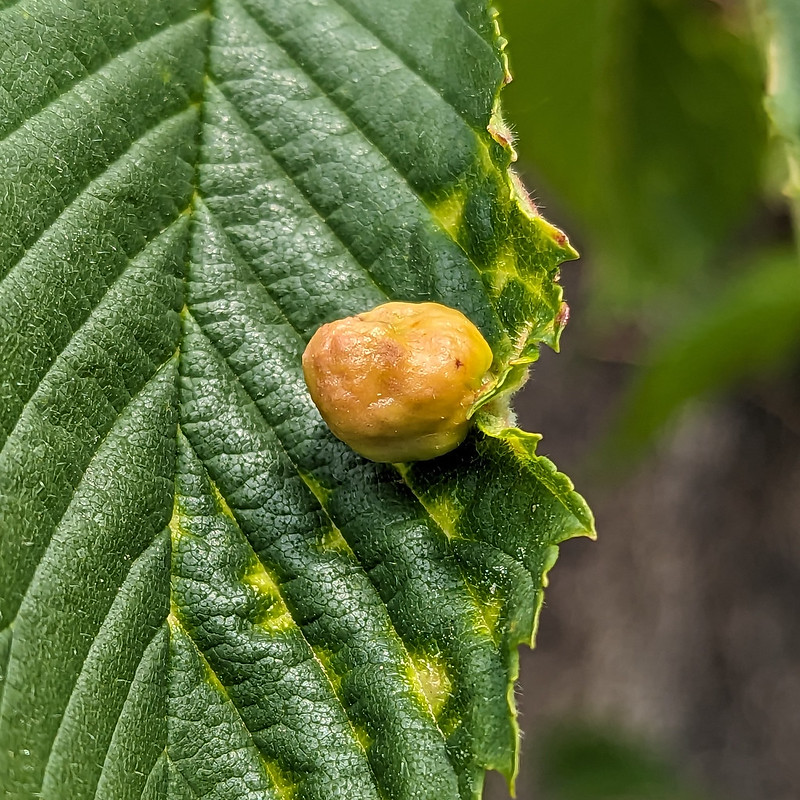
Galls can be caused by rusts, fungi, wasps, sawflies, aphids and quite possibly other things which I’ve forgotten about. Another fascinating phenomena which I know far too little about.
I thought that if I could identify the tree, then I might have more hope of identifying the gall.
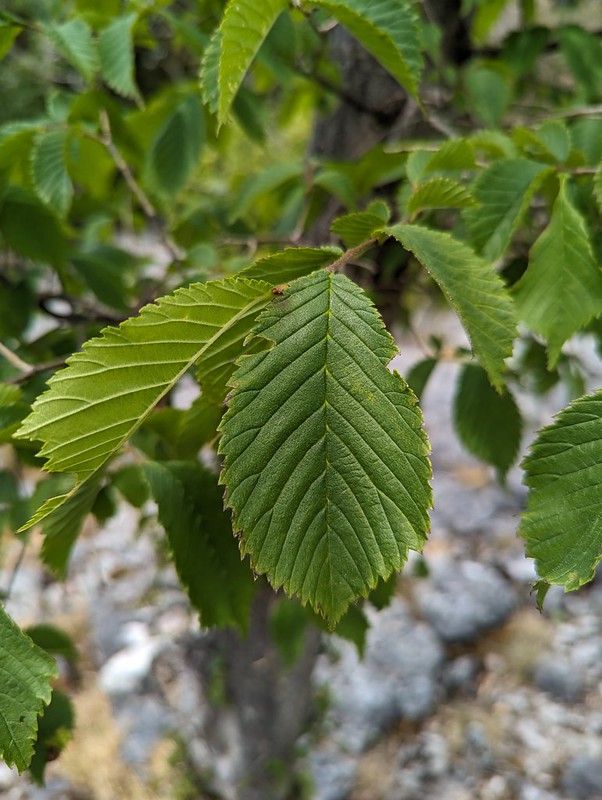
The large, pointed and toothed leaves, along with the fissured grey bark, have led me to conclude that this might be Wych Elm.
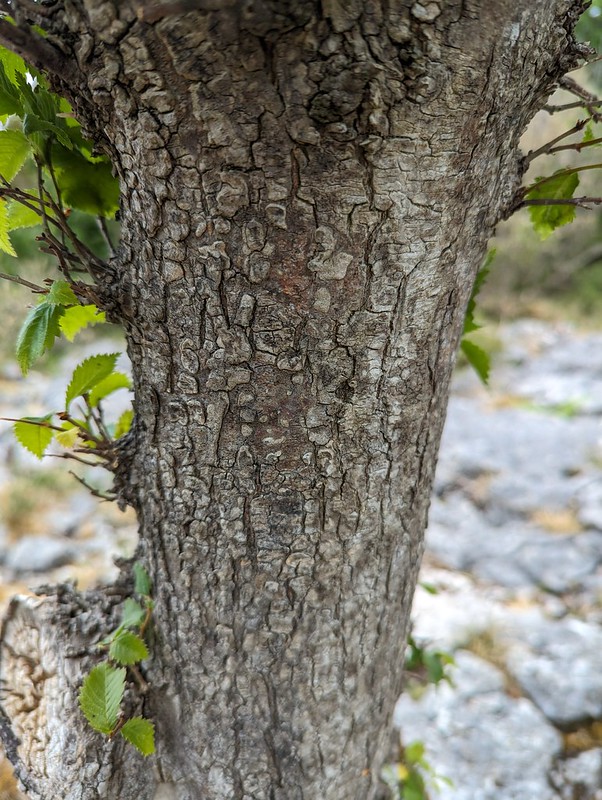
I didn’t manage to identify the galls, but if I’m right about this being Wych Elm then I suspect that the most likely occupant of the gall is an aphid.

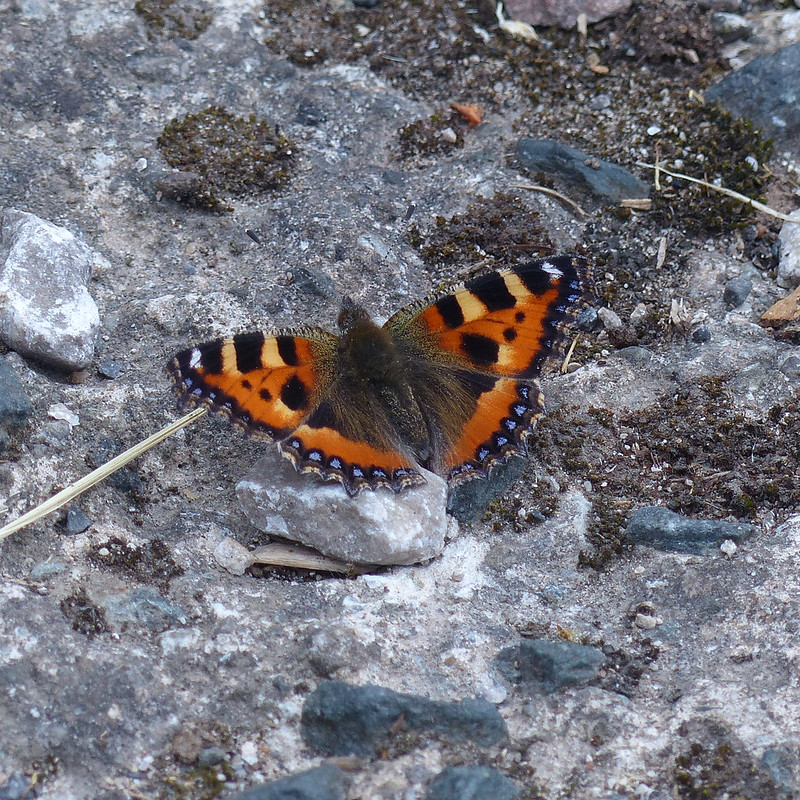
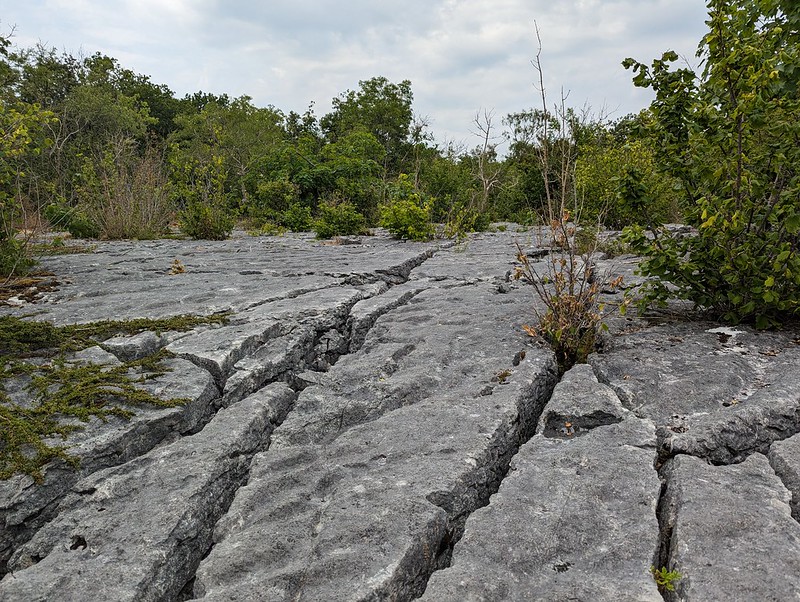

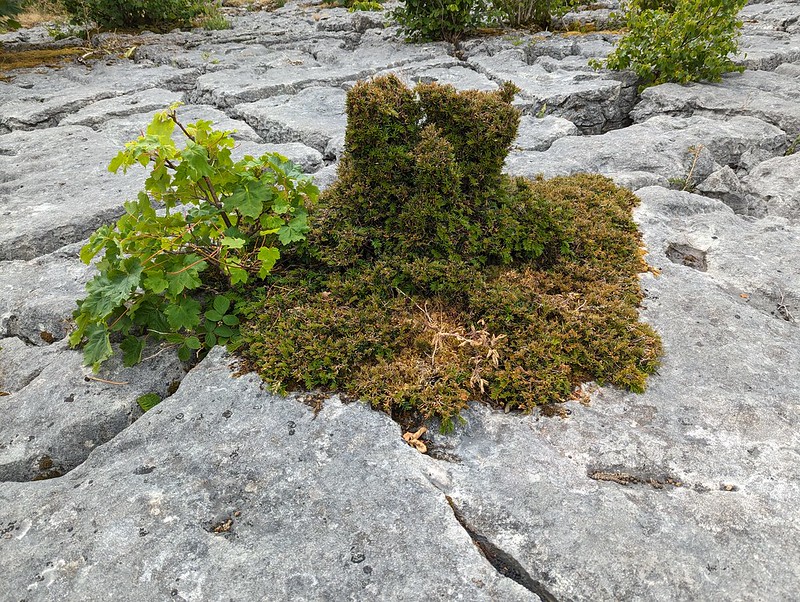
Roe Deer seem to be very fond of Yew and will keep small saplings neatly trimmed like this one.
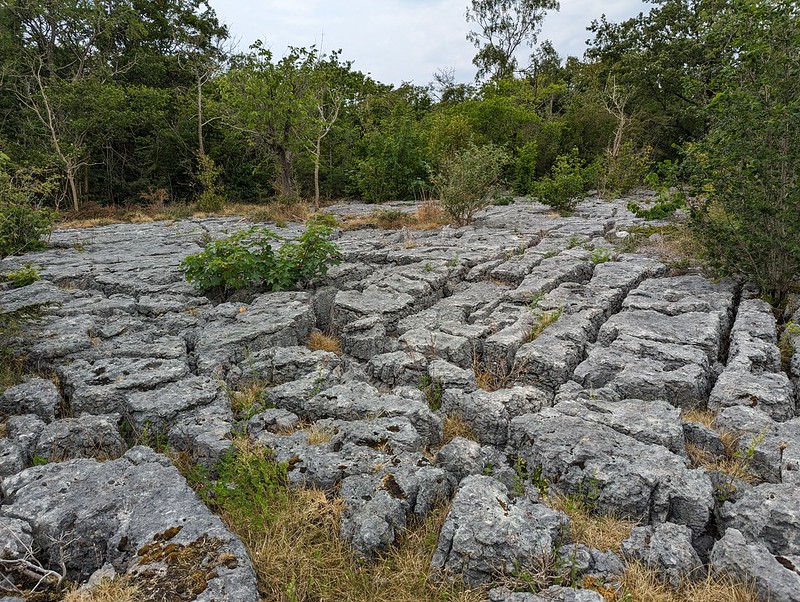

Apparently, the flesh of Tinder Fungus burns slowly, making it good for lighting fires.
“This is one of the bracket fungi found among the possessions of Otzi the Iceman, a 5000 year old man whose body was preserved in a glacier in the Ötztal Alps on the border between Austria and Italy, where it was discovered by hikers in 1991. It seems likely that Otzi was carrying this material in order to light a fire at the close of a day whose end he did not live to see.”

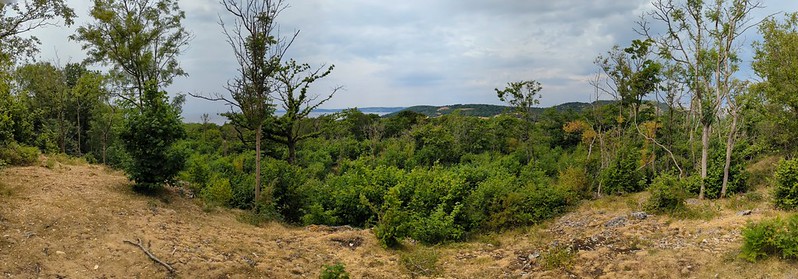

I’m obviously not the only person to admire the partial view from this spot in Middlebarrow Wood.


On the Row, I was admiring roses again, but this time it was garden varieties.

This pink species is very popular in gardens on The Row and seemed to be flourishing everywhere.


